September 2023
18th. St Ives Island, 08.30-09.30, strong NW wind: 40 Balearic shearwater, 2 Cory’s shearwater, 2 dark phase Arctic skua, 1 light phase Pomarine skua, 1 little gull, 3 grey phalarope.
17th. Rusty dot pearl moth (migrant) in the house in St Ives.
15th. Curlew sandpiper at Marazion.
13th. The return trip on the Scillonian III was calm and relatively quiet - some common dolphins, harbour porpoise and Atlantic bluefin tuna, Cory's shearwaters, great shearwaters and a couple of razorbills. Before we left we saw the death's head hawkmoth on display in Mumford's - captured last night on St Mary's.
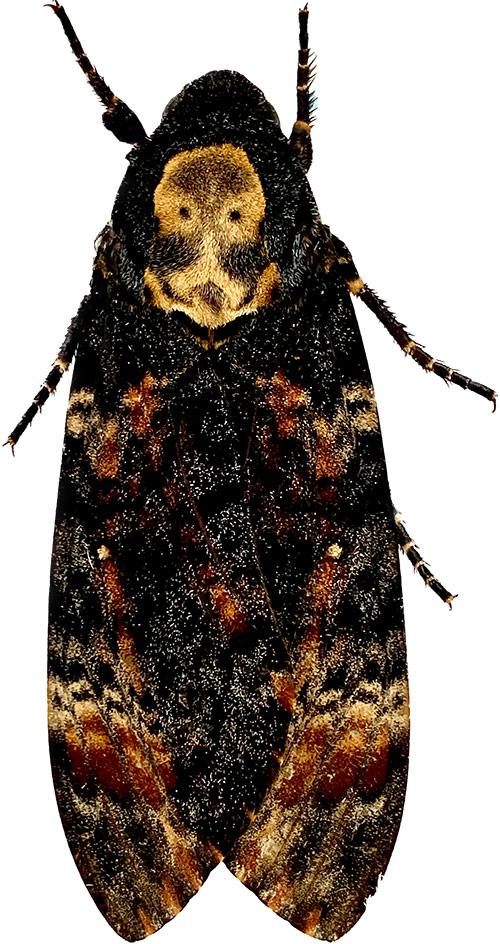
12th. Our last full day. A juvenile marsh harrier flew over Bant's Carn. After almost unbroken sunshine in the past two weeks, a heavy shower set in during the early afternoon.
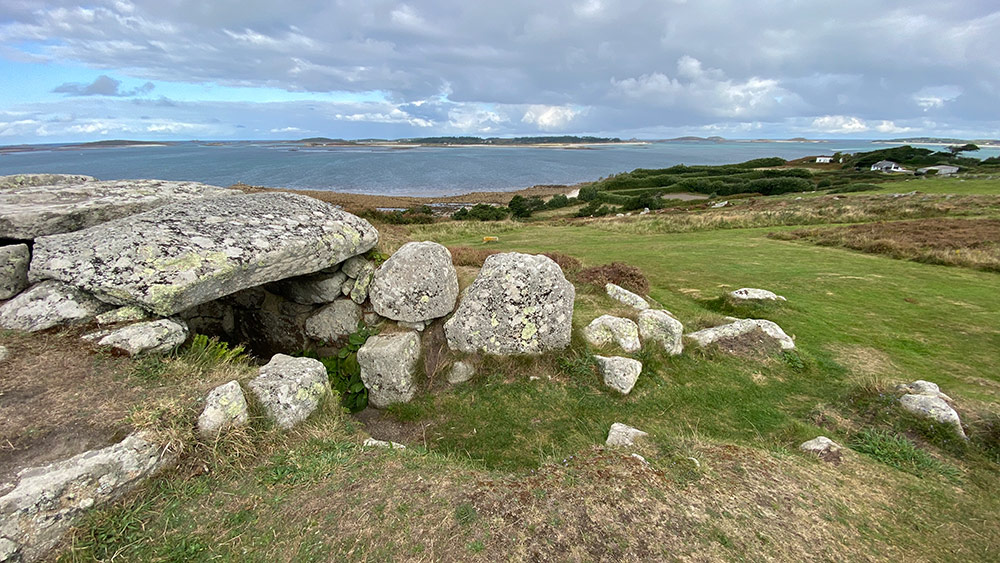
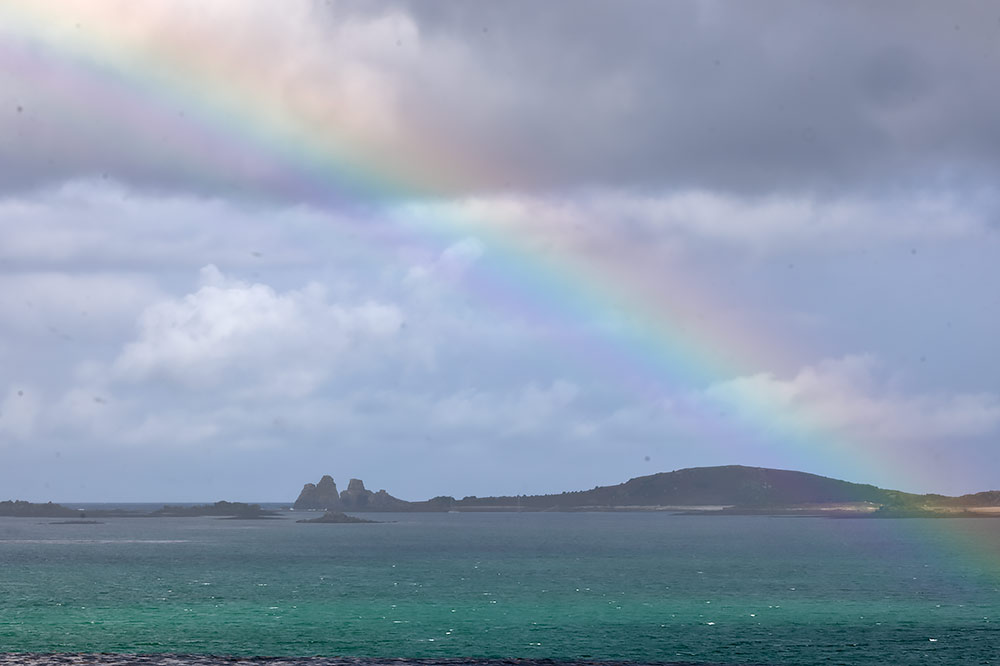
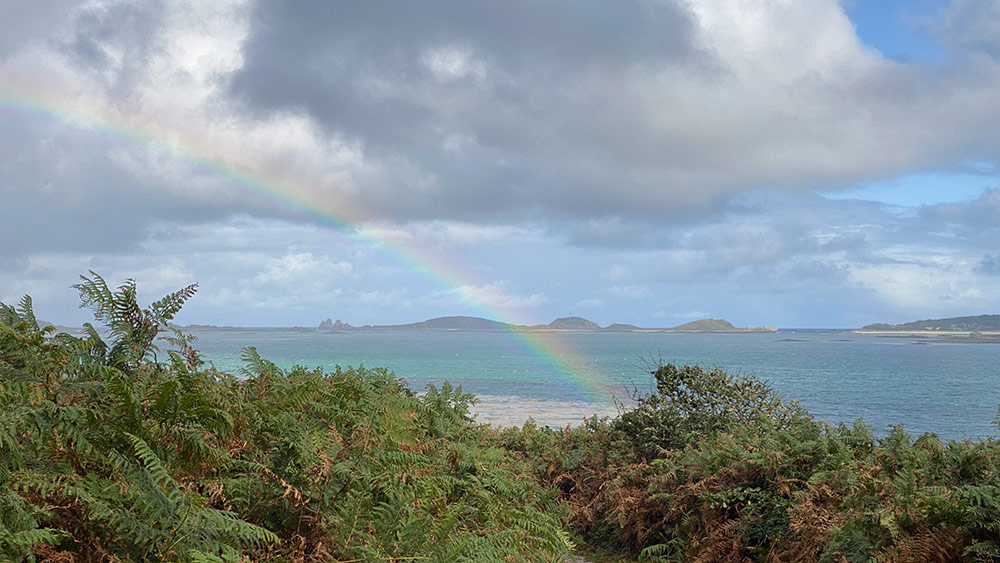
I photographed a painted lady and the Scilly form of the speckled wood beforehand.
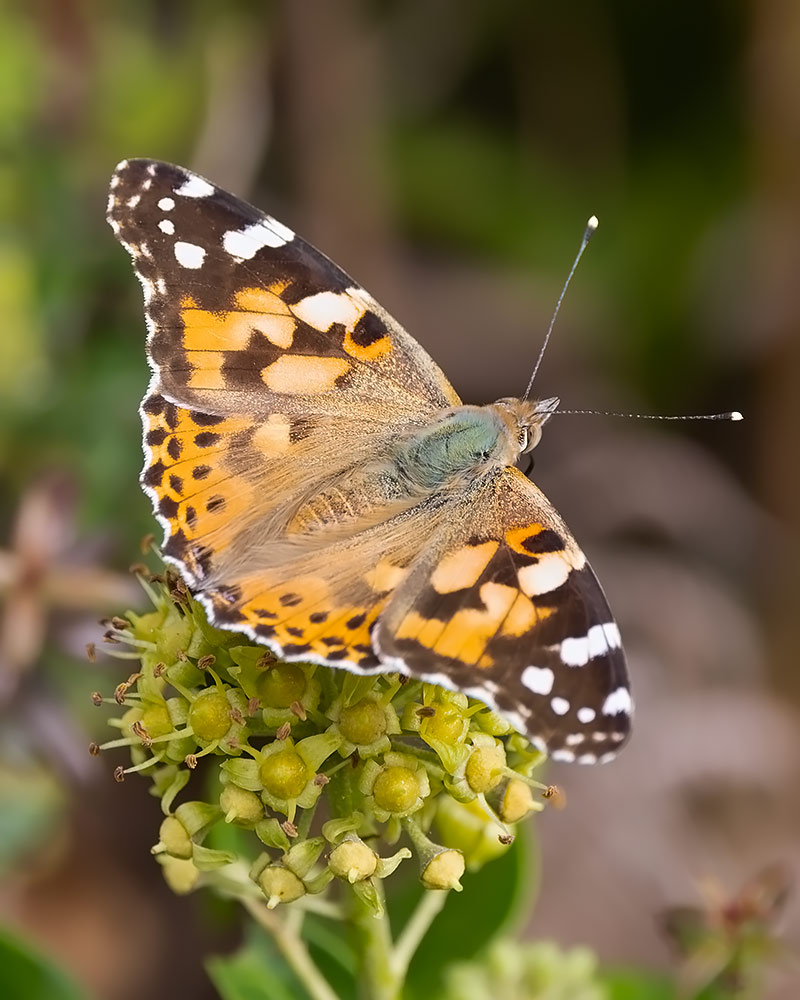
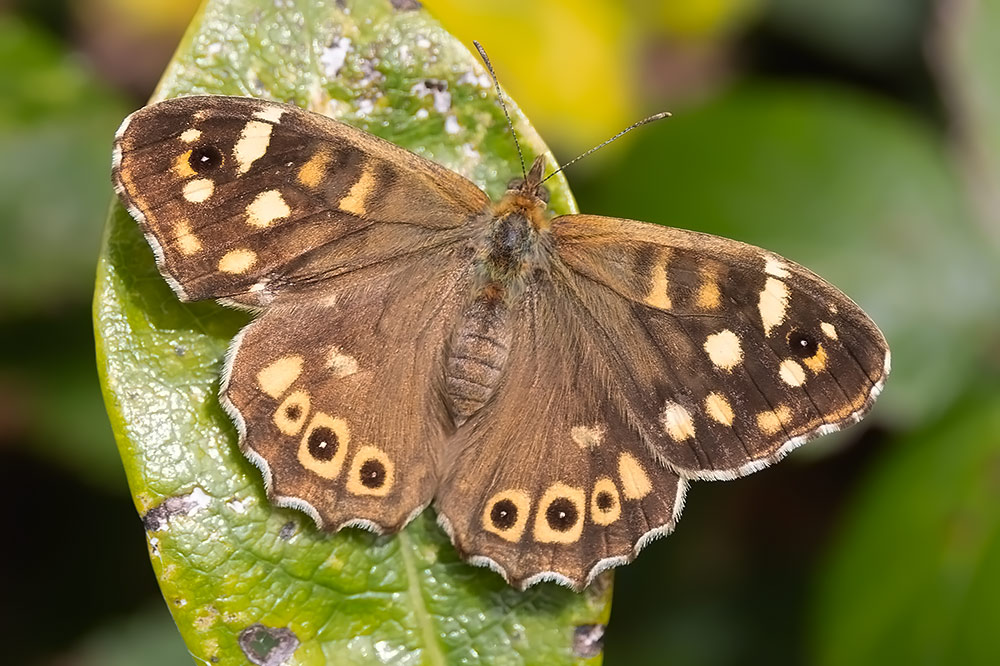
Holy Vale.
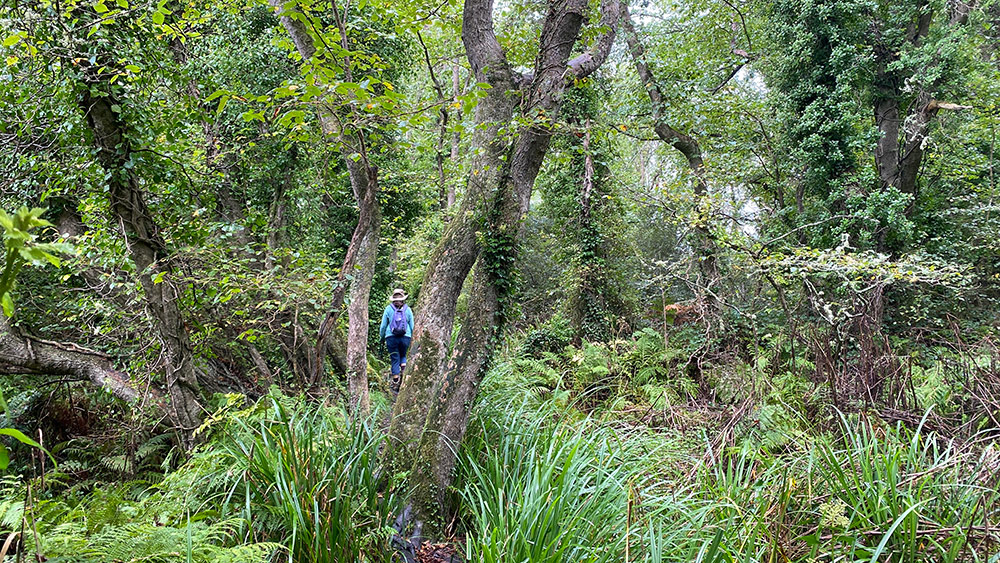
I caught up with a western Bonelli's warbler in the pines at Carreg Dhu in the early evening.
In the evening we photographed the Milky Way from the Garrison. There was a strong aurora seen from Cornwall that night, and it is visible faintly in some of the photographs.
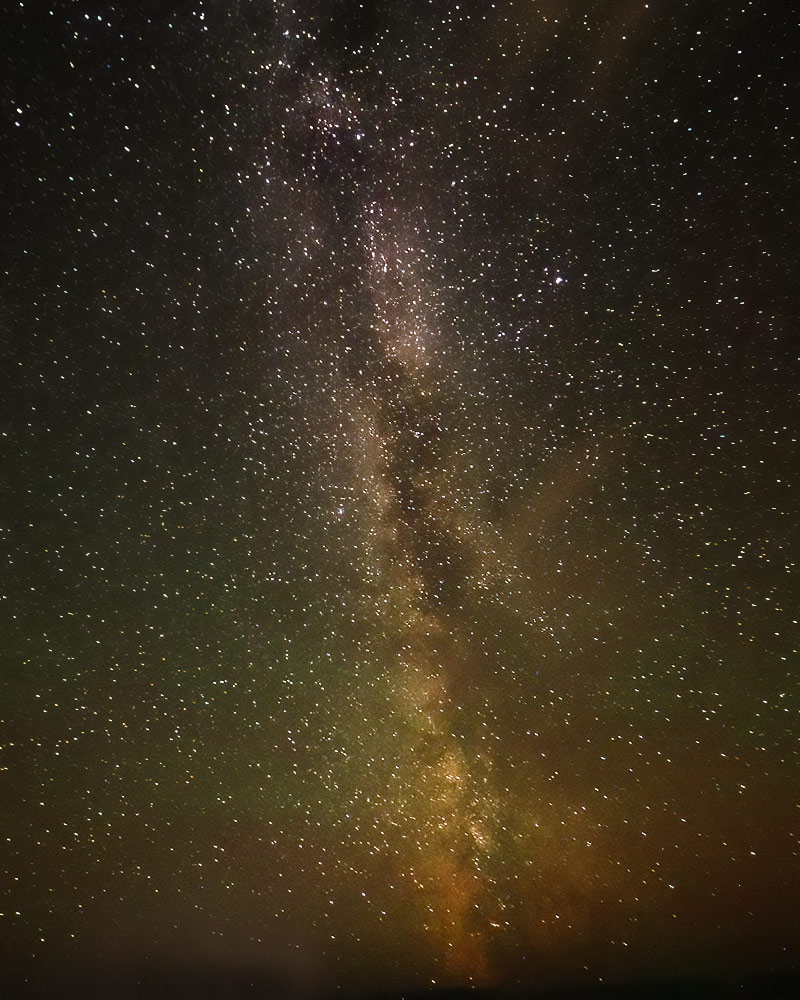
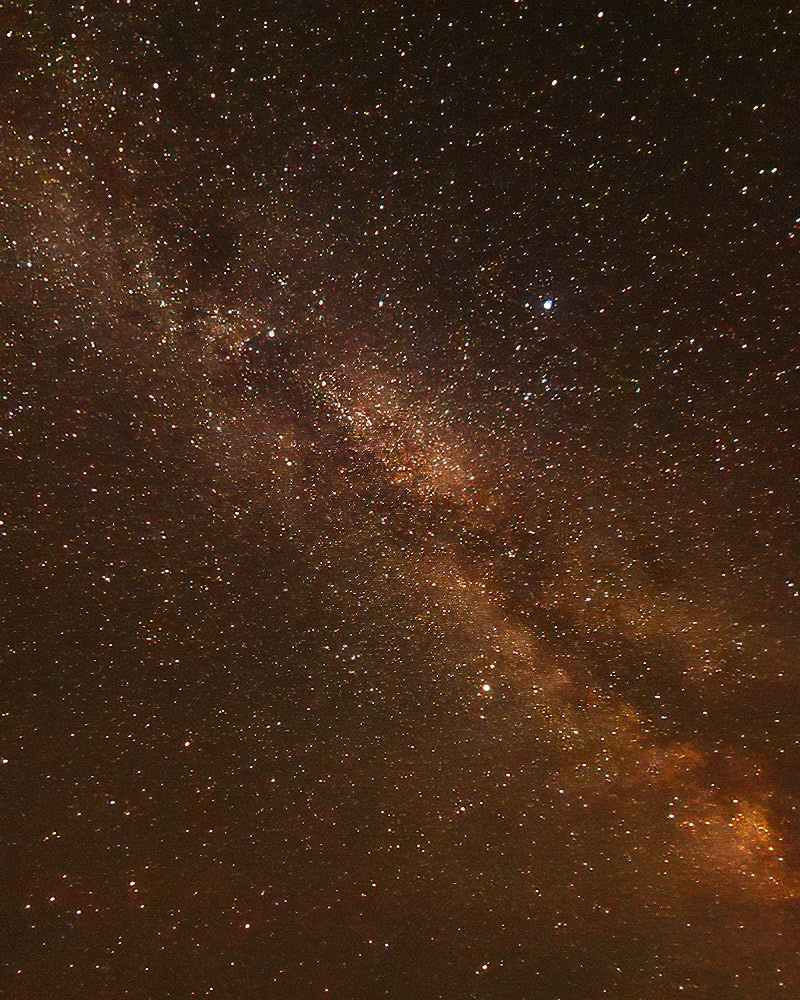
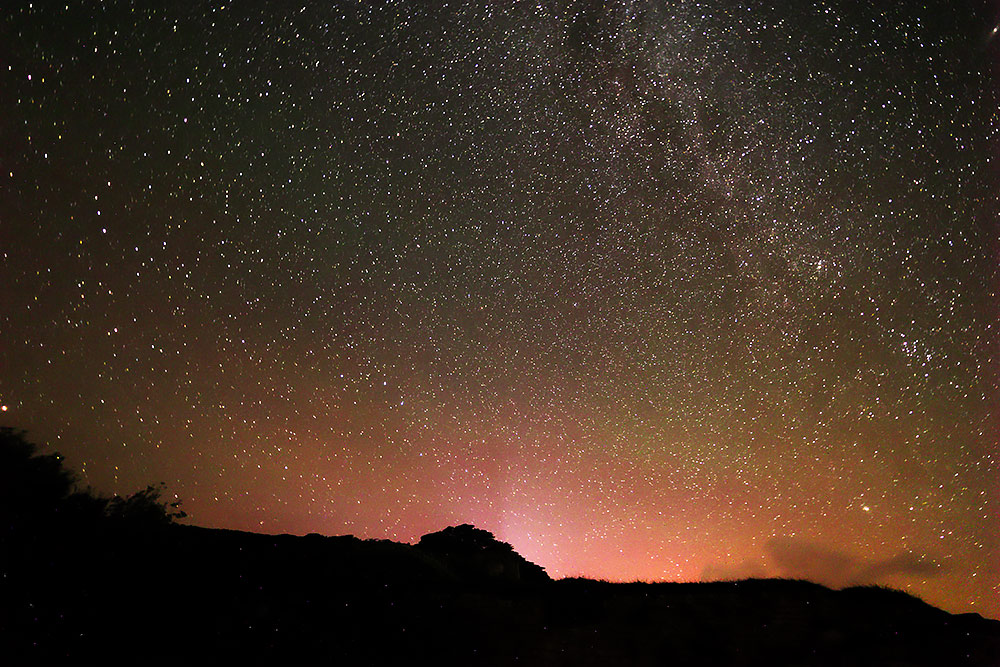
11th. A remarkable pelagic in the evening to The Pol Bank. We saw common dolphins, tuna, a hummingbird hawkmoth, a sand martin, and a blue shark was caught. A large whale breached on its side distantly - maybe a humpback? The red-footed booby was still on the lighthouse outbound and inbound.
ca. 120 Cory's shearwaters.
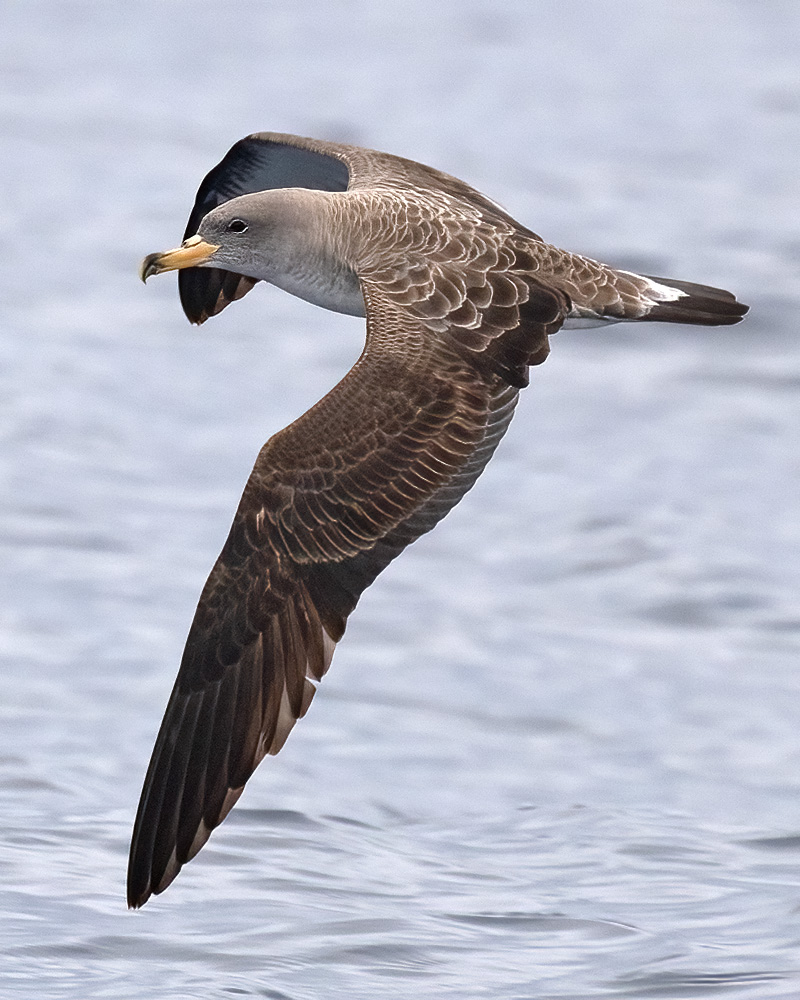
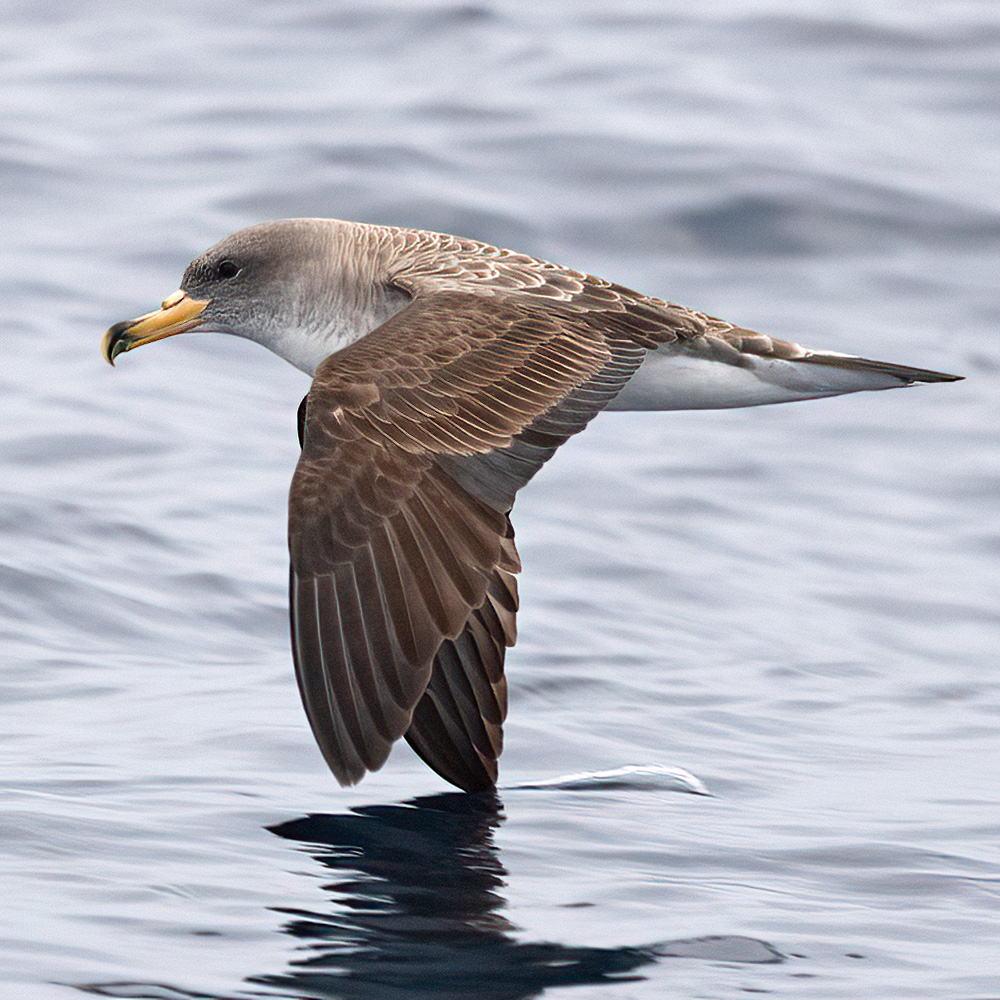
ca. 50 great shearwaters.
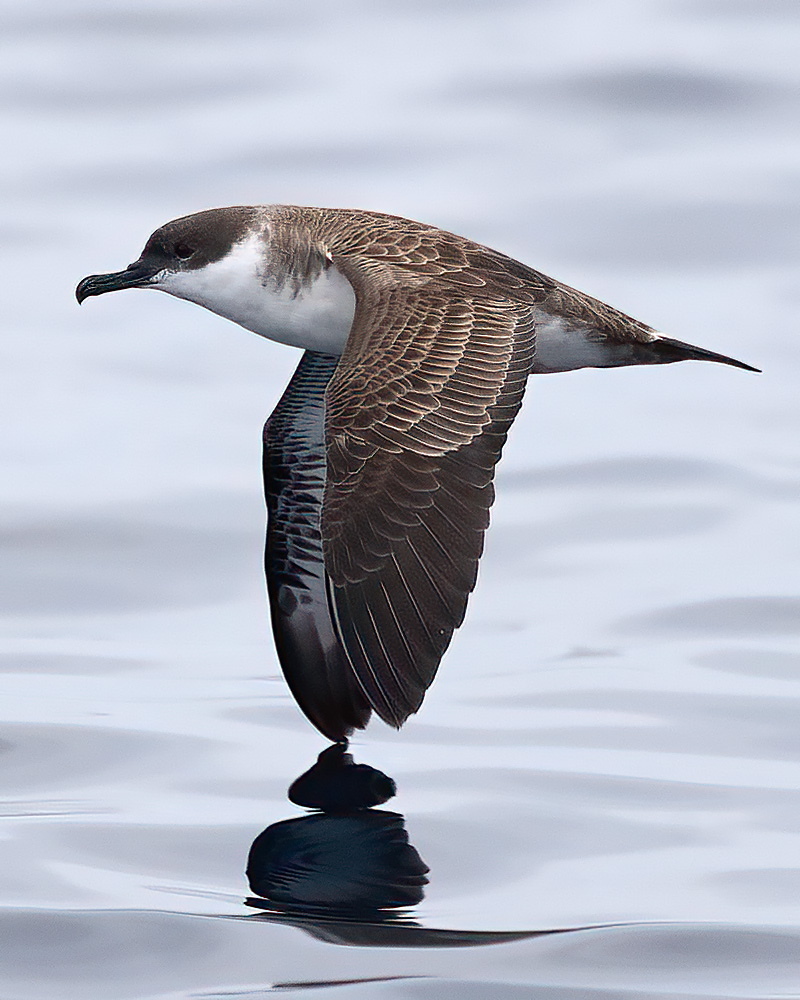
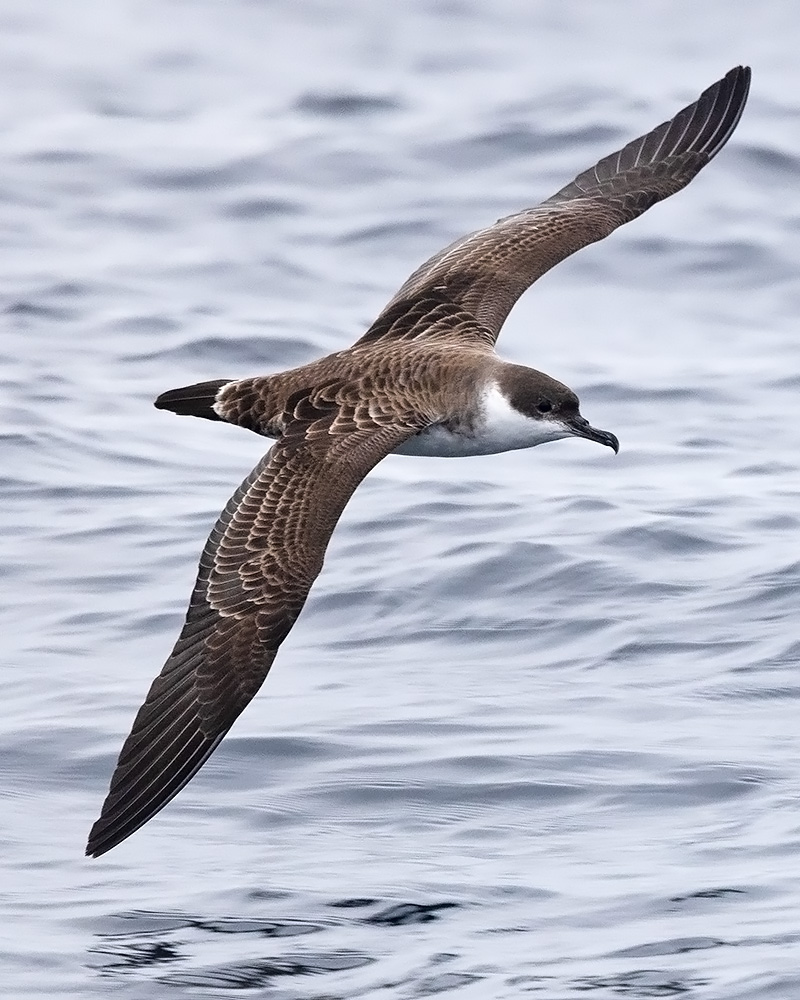
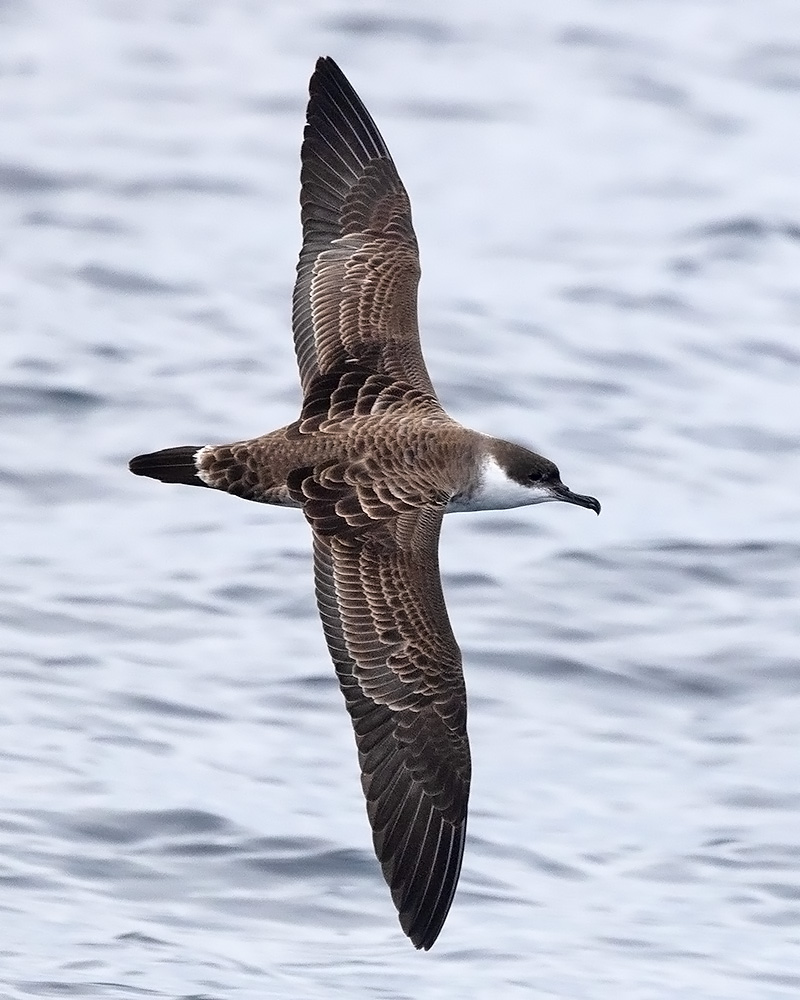
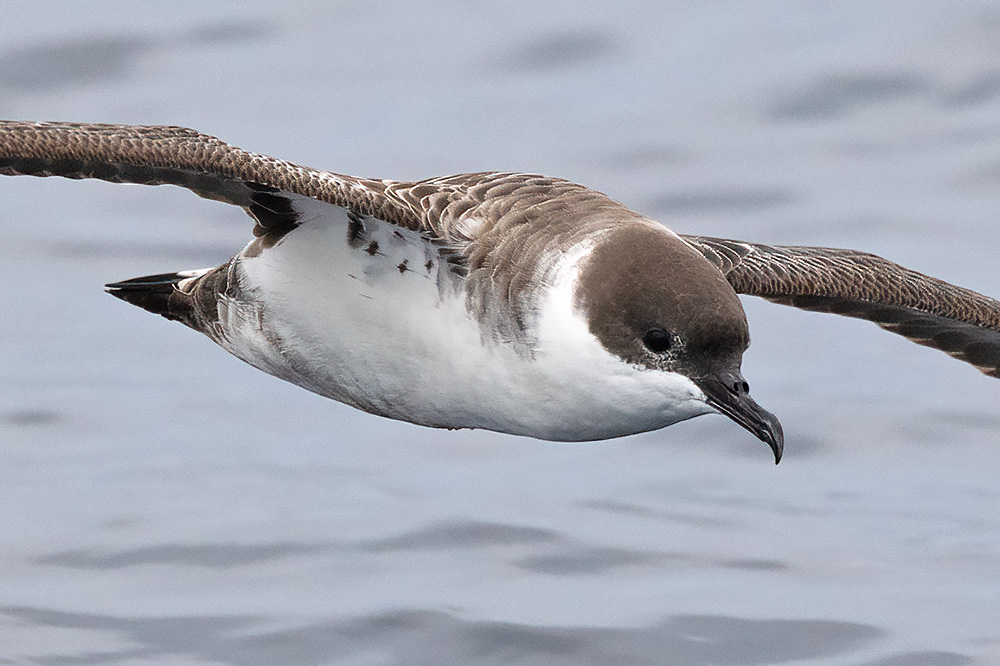
10 sooty shearwaters.
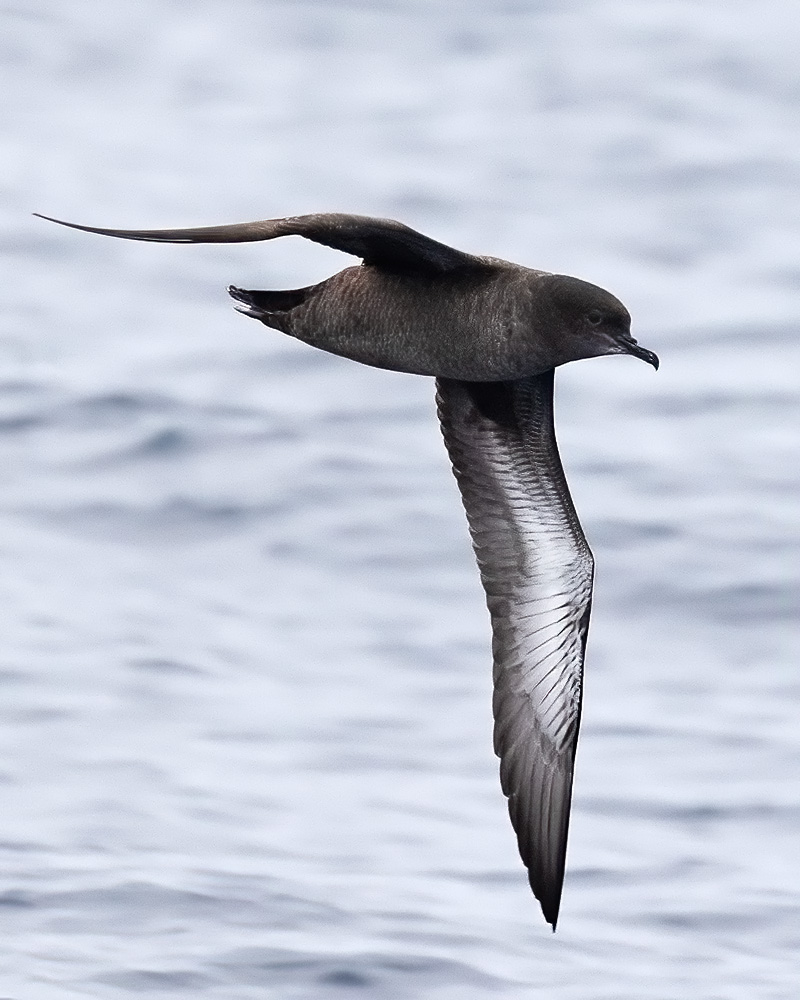
Manx shearwaters.
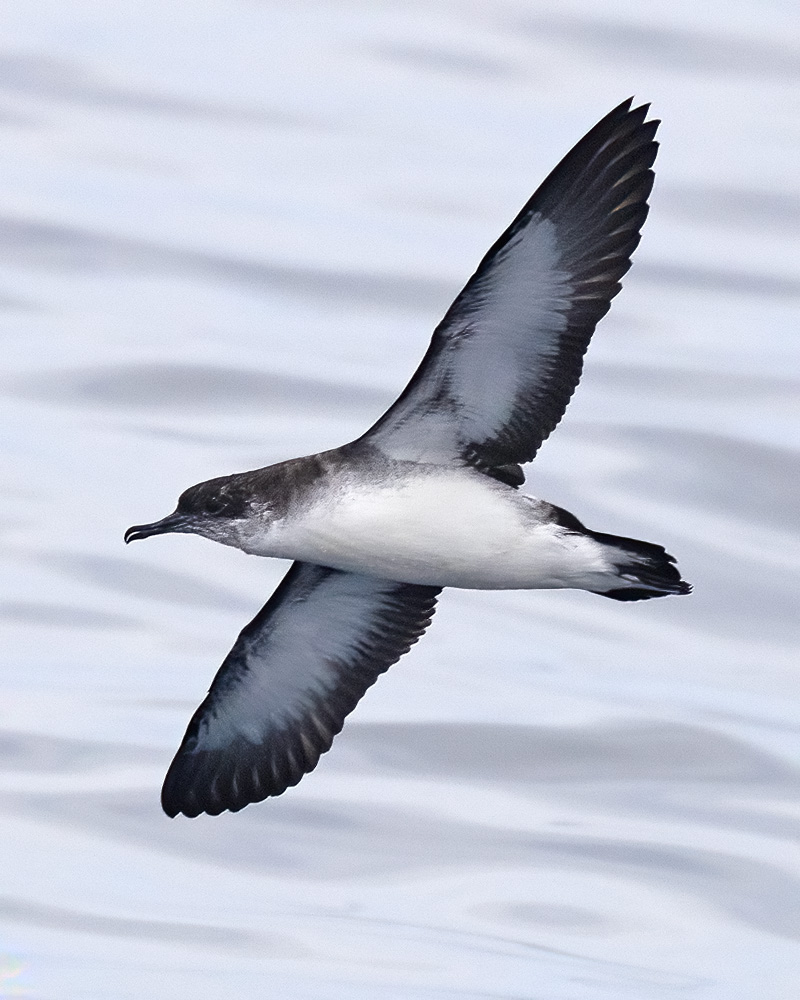
A juvenile dark-phase pomarine skua flew close to the boat. We did see a bonxie too.
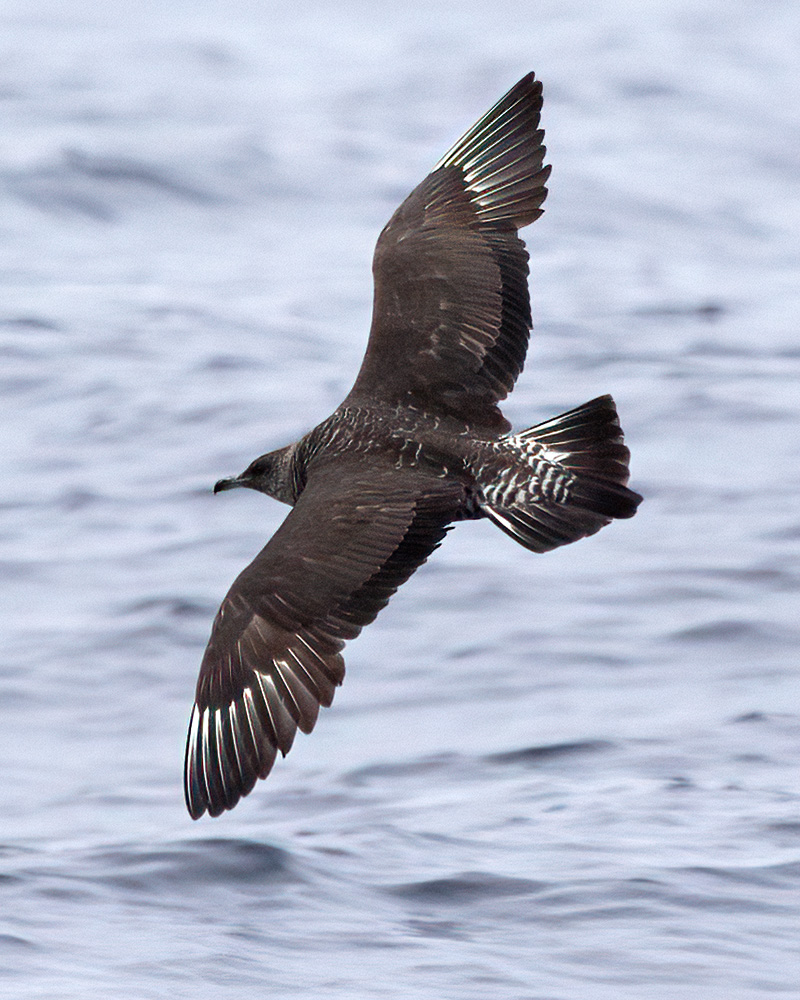
An ocean sunfish presented itself to the gulls, which pecked at it. Apparently the relationship is a mutualism, with the gulls feeding on parasites of the fish. This sunfish had lots of black marks on it - I'm not sure if these were caused by the parasites, or by the gull's pecking. I now think they are females of the parasitic copepod Pennella filosa.
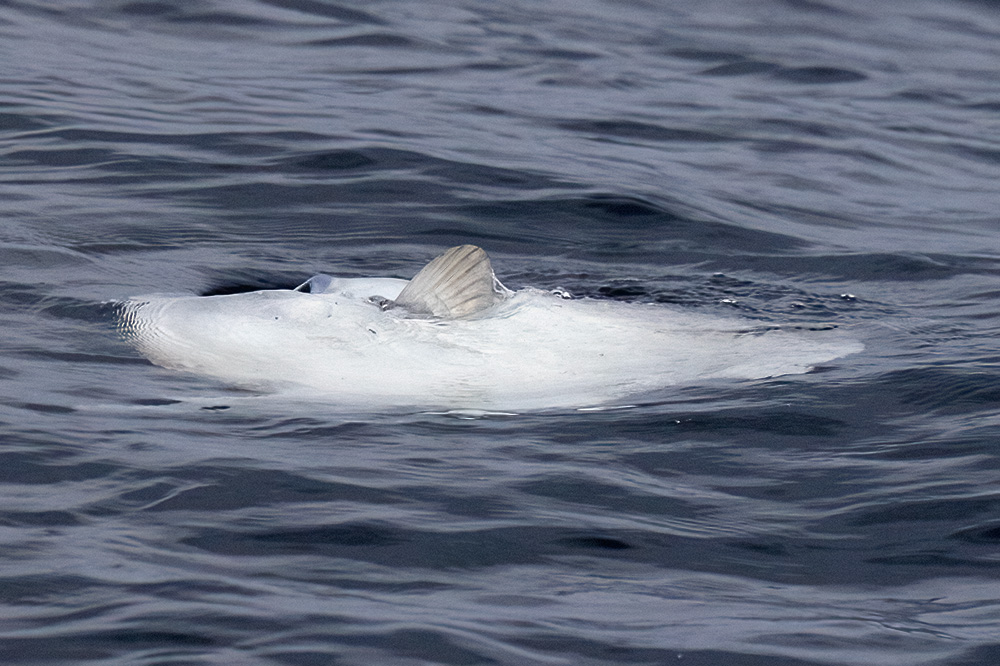
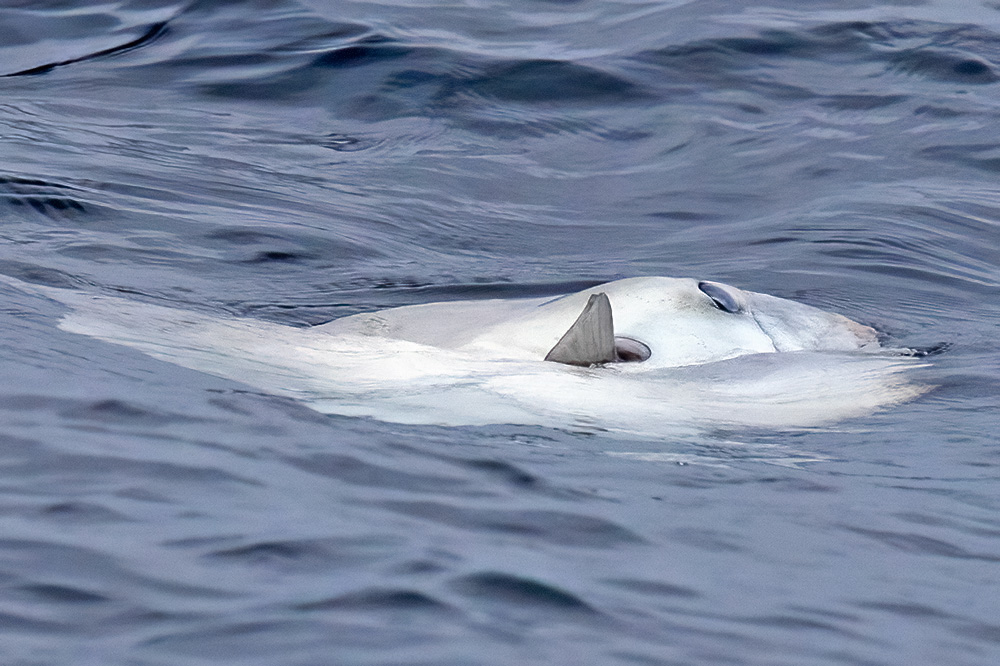
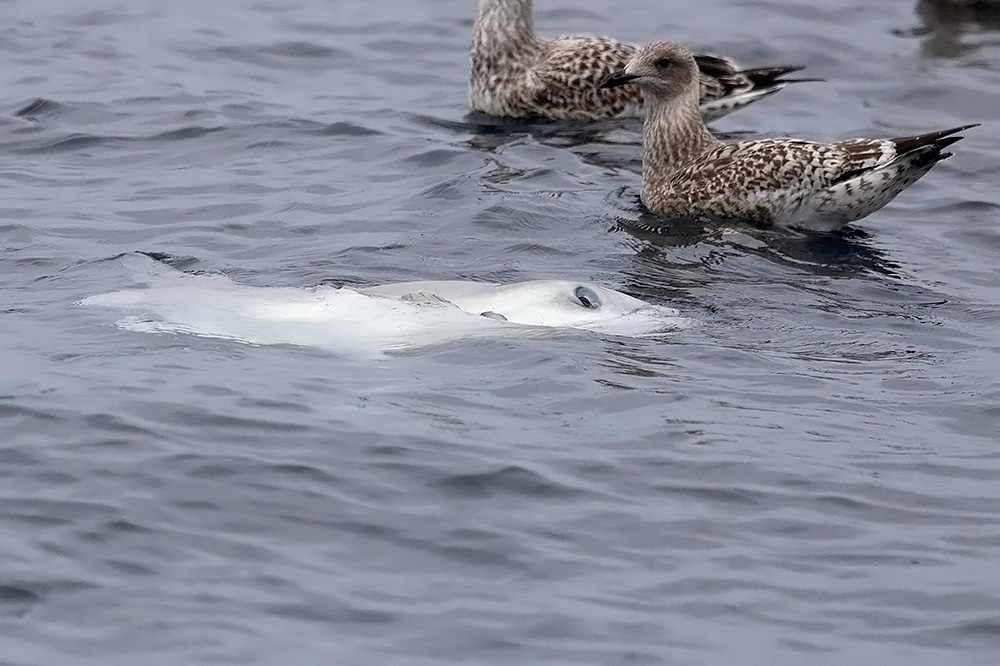
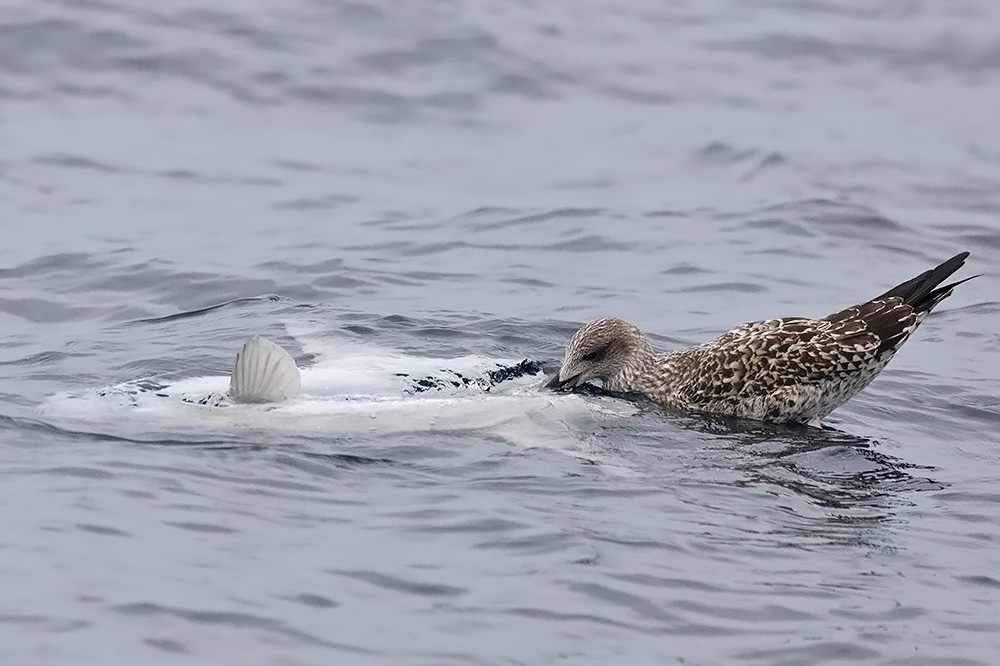
In the morning I went rockpooling at Porthcressa with Hetty.
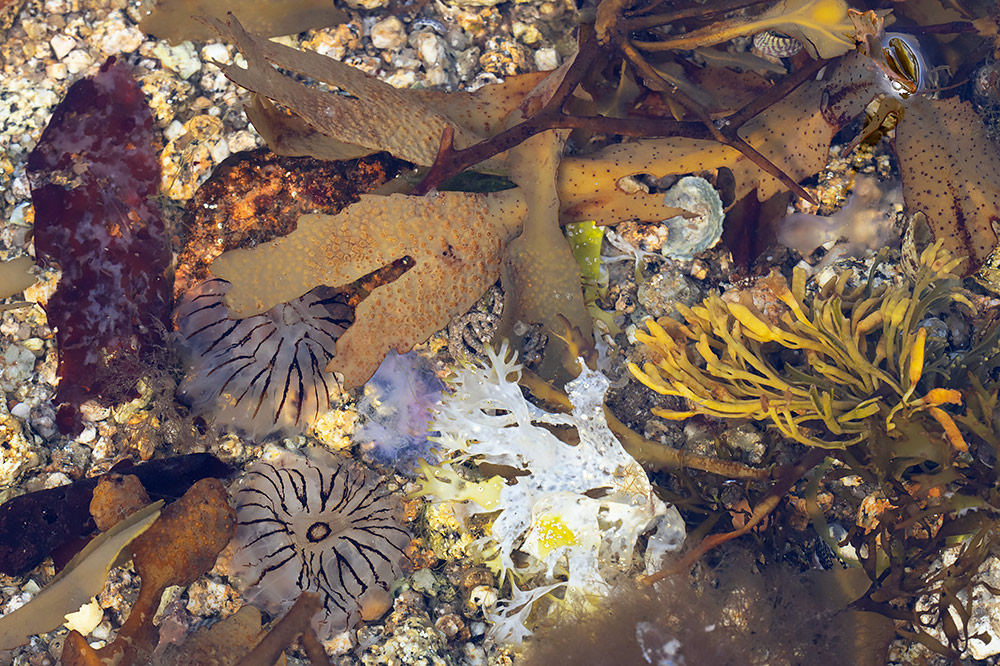
Montagu's/furrowed crab
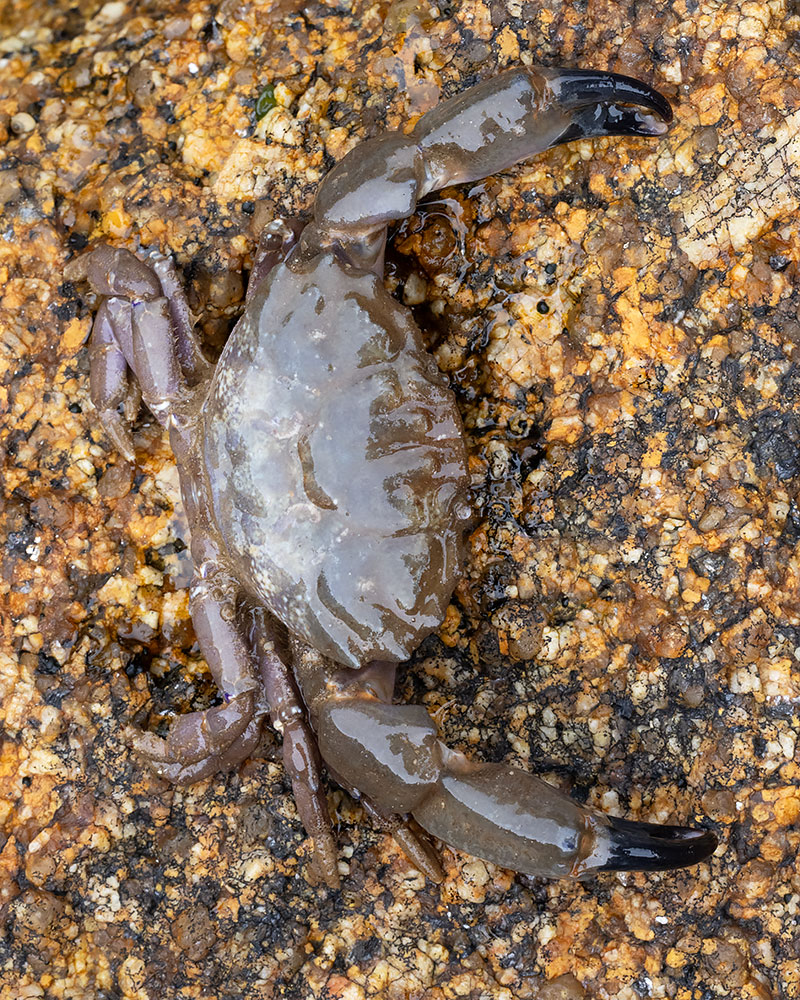
Shore crab
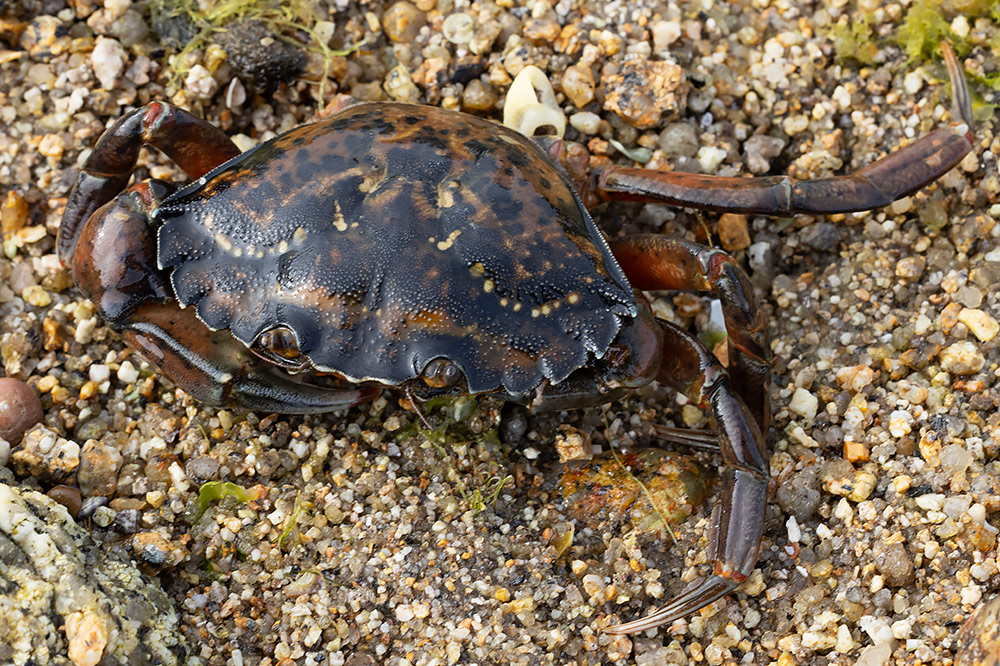
Snakelocks anenome
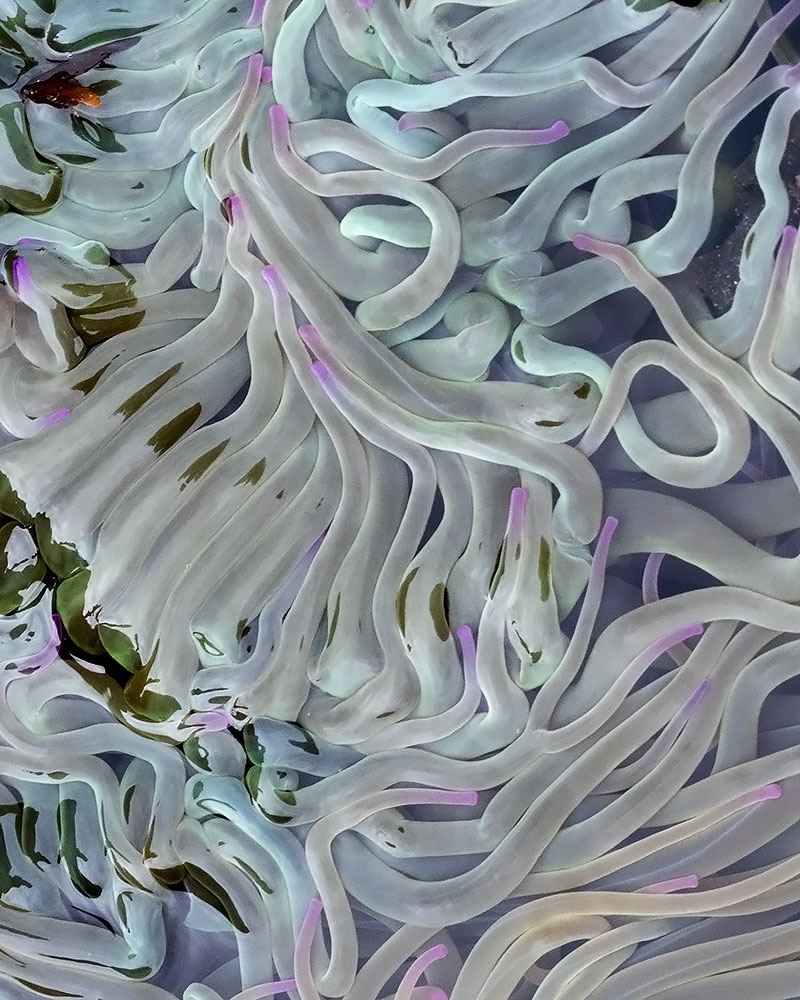
10th. Scilly still hosts good numbers of greenfinches - they can be scarce on the mainland now following the Trichomonosis outbreaks.
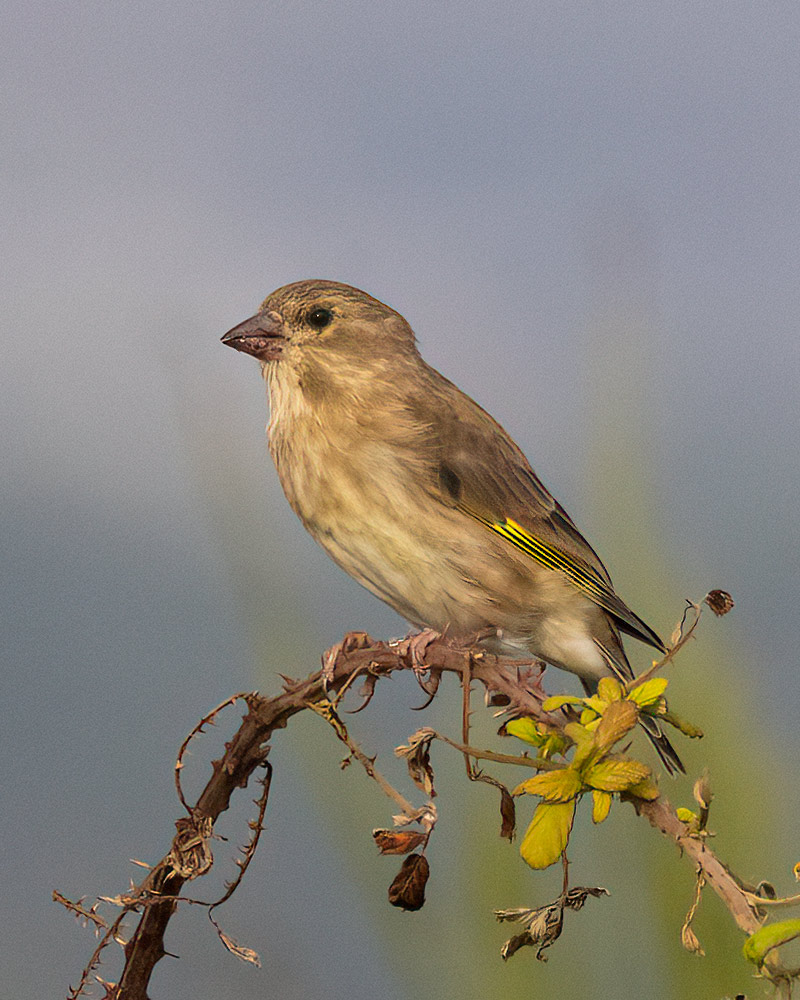
After three failed attempts, I caught up with the juvenile red-backed shrike at Salakee.
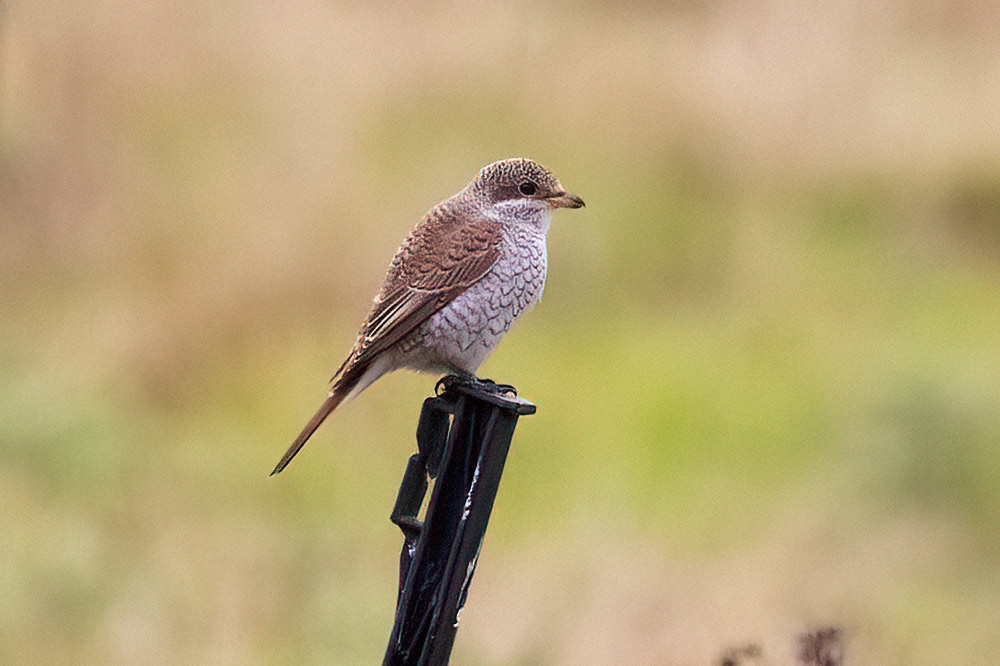
9th. St Martin's on the early boat. Three red-legged partridge, 2 whinchat and a pied flycatcher on the way to the Daymark. Another woodchat shrike in the pine area - a juvenile with different plumage from the St Mary's bird. Braces of spotted flycatcher, pied flycatcher here too.
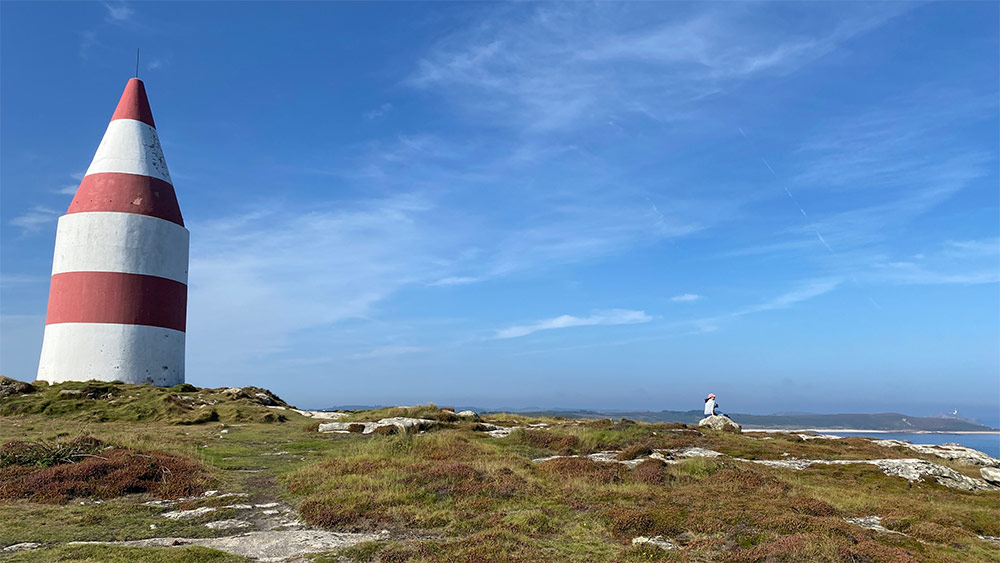
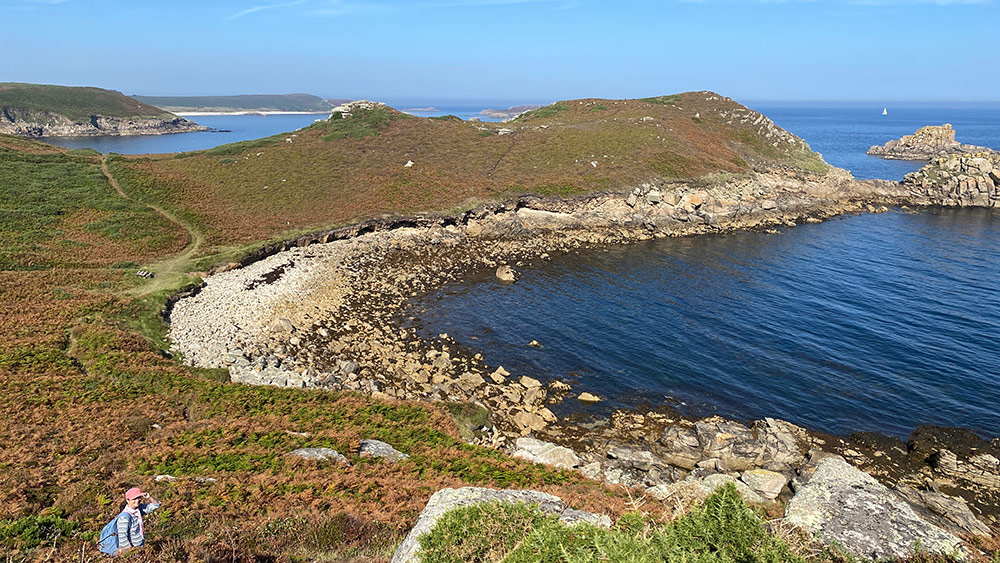
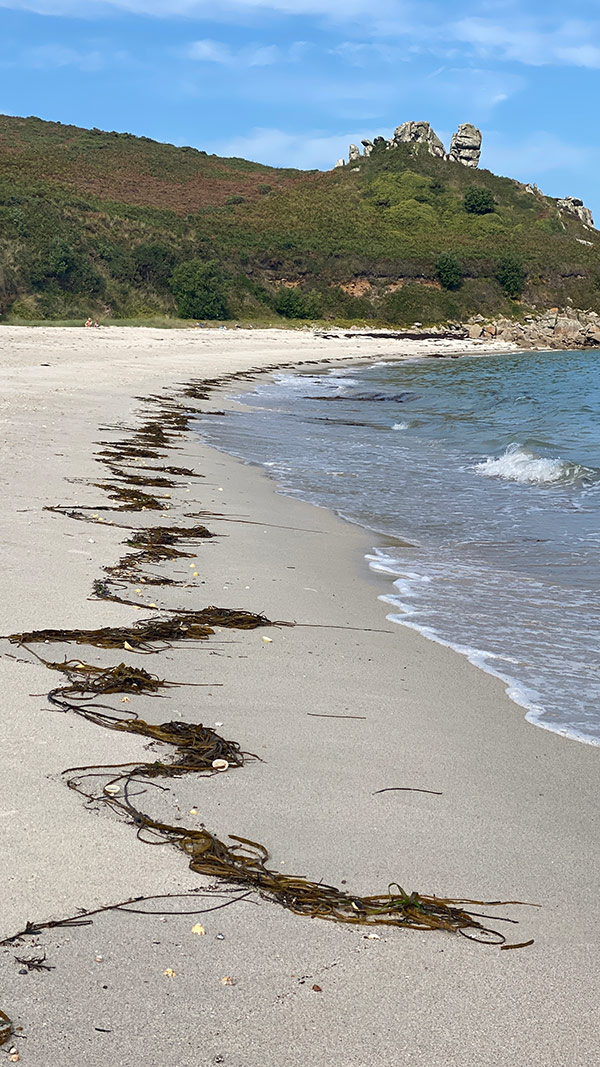
Starling
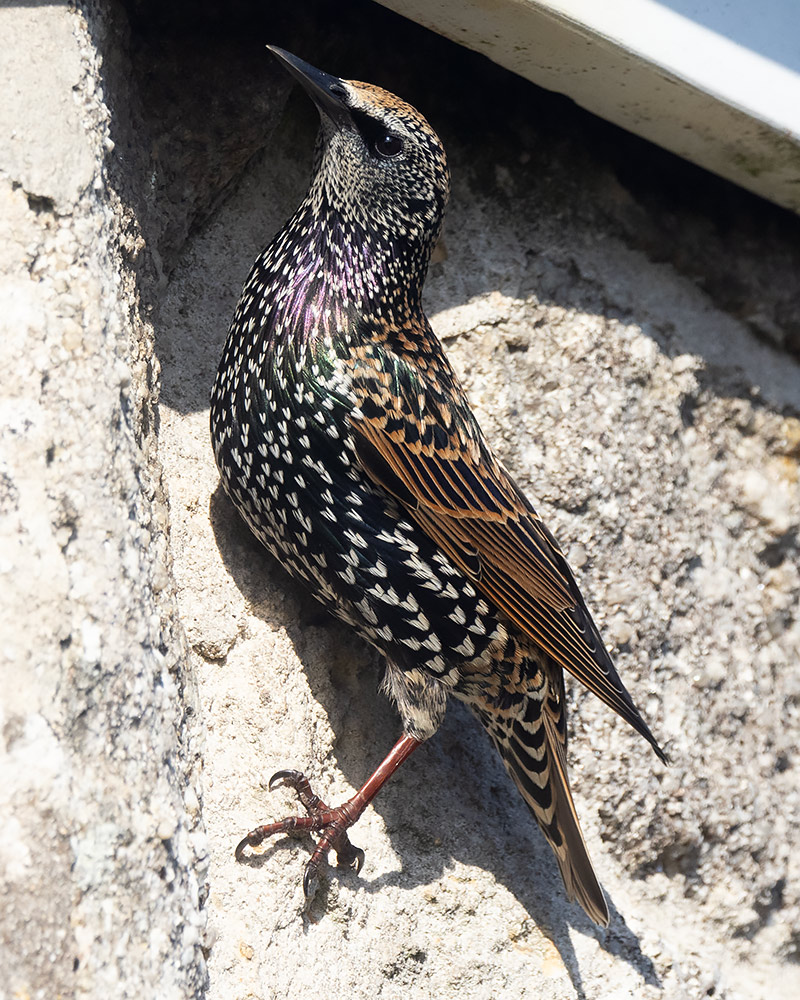
Another wryneck
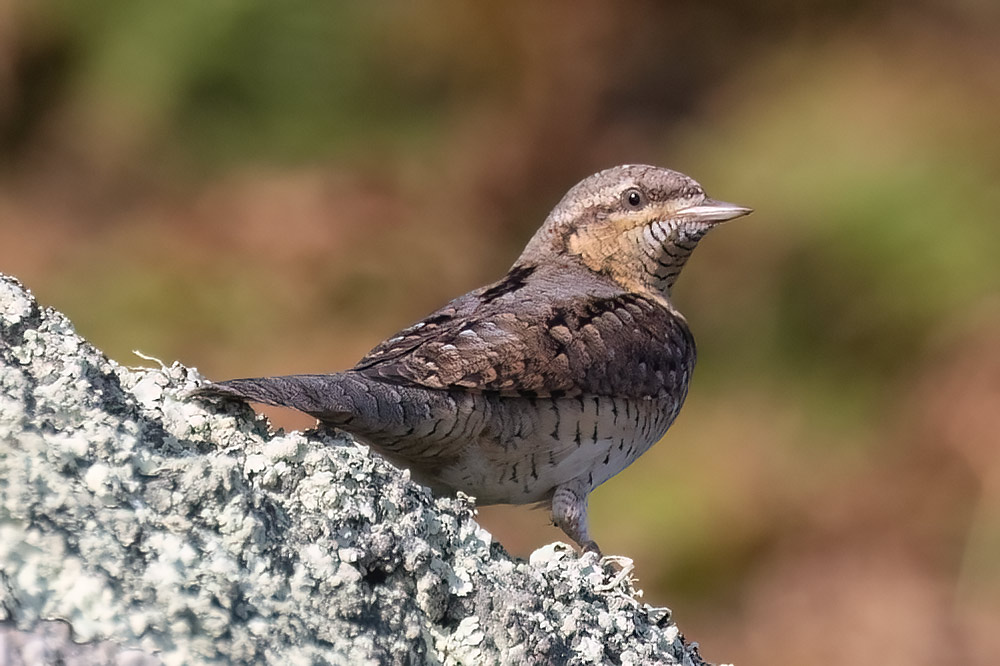
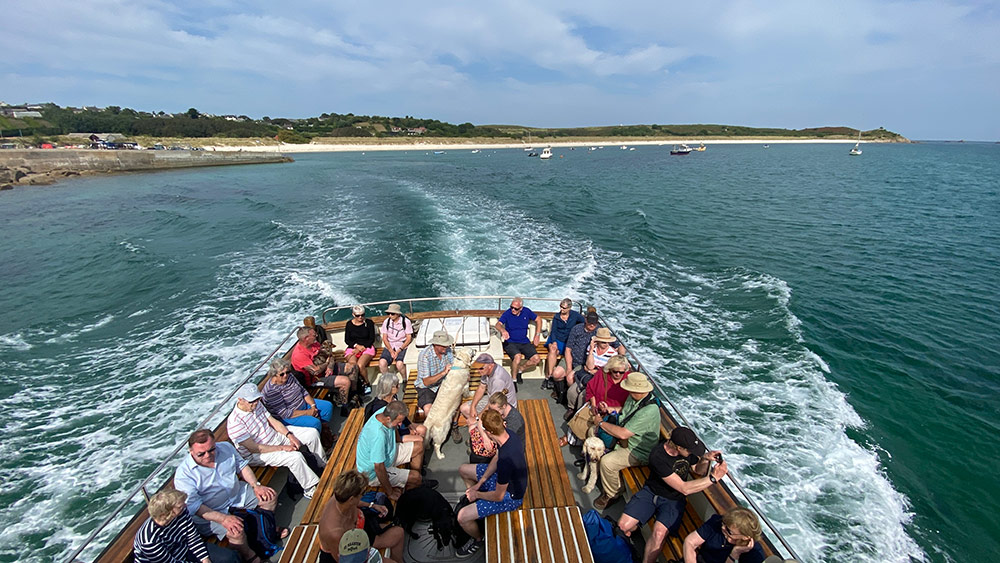
Some more ivy bees on St Mary's. This time some males.
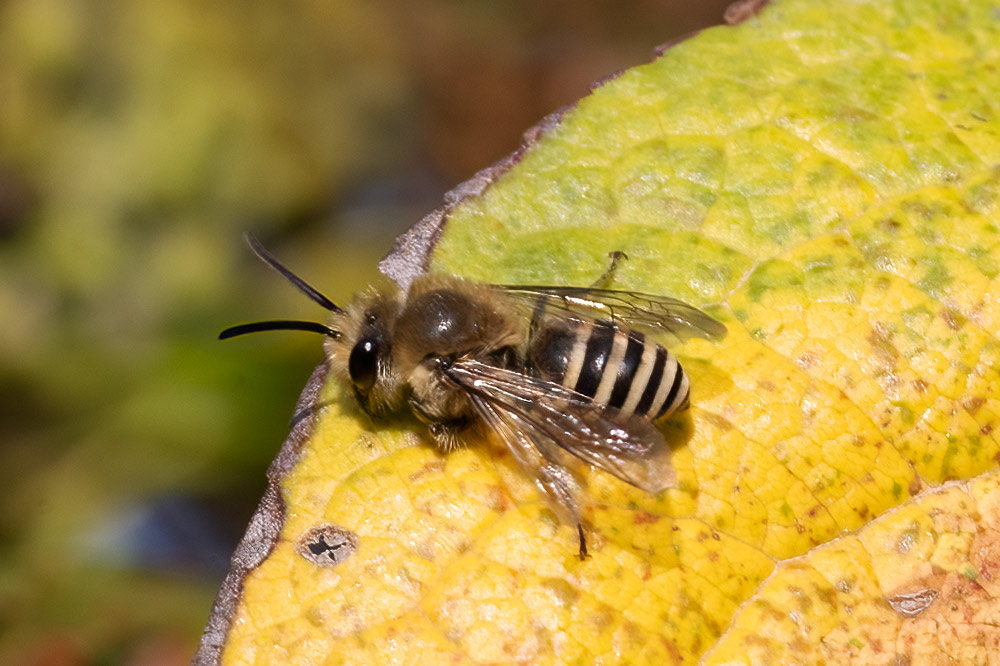
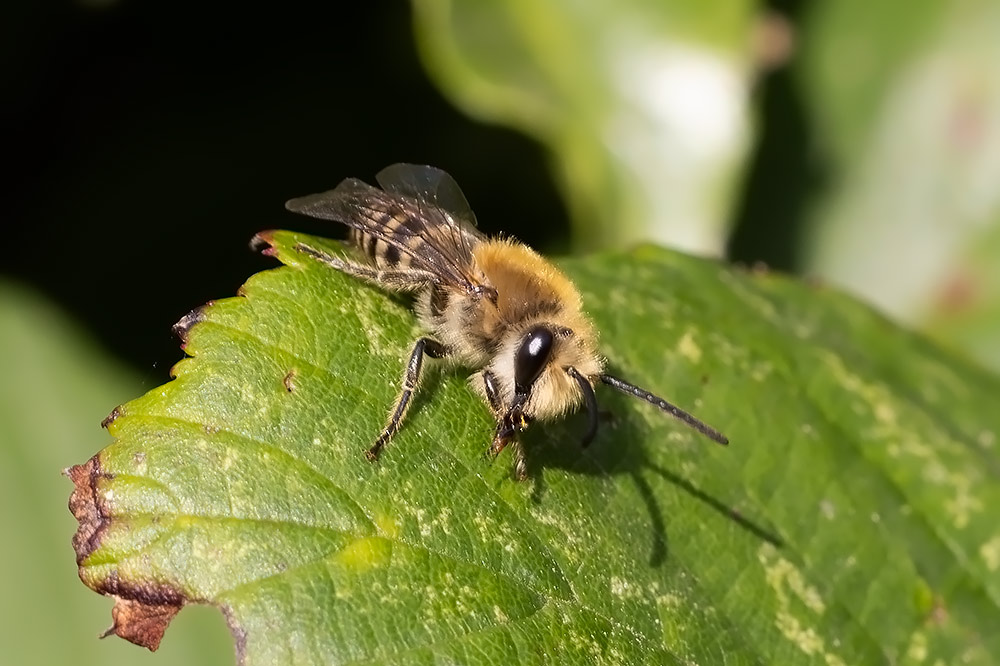
I wonder if this is a native dark honey bee Apis mellifera mellifera, which were once thought be be extinct? The Scilly honey bees remain free from Varroa mites.
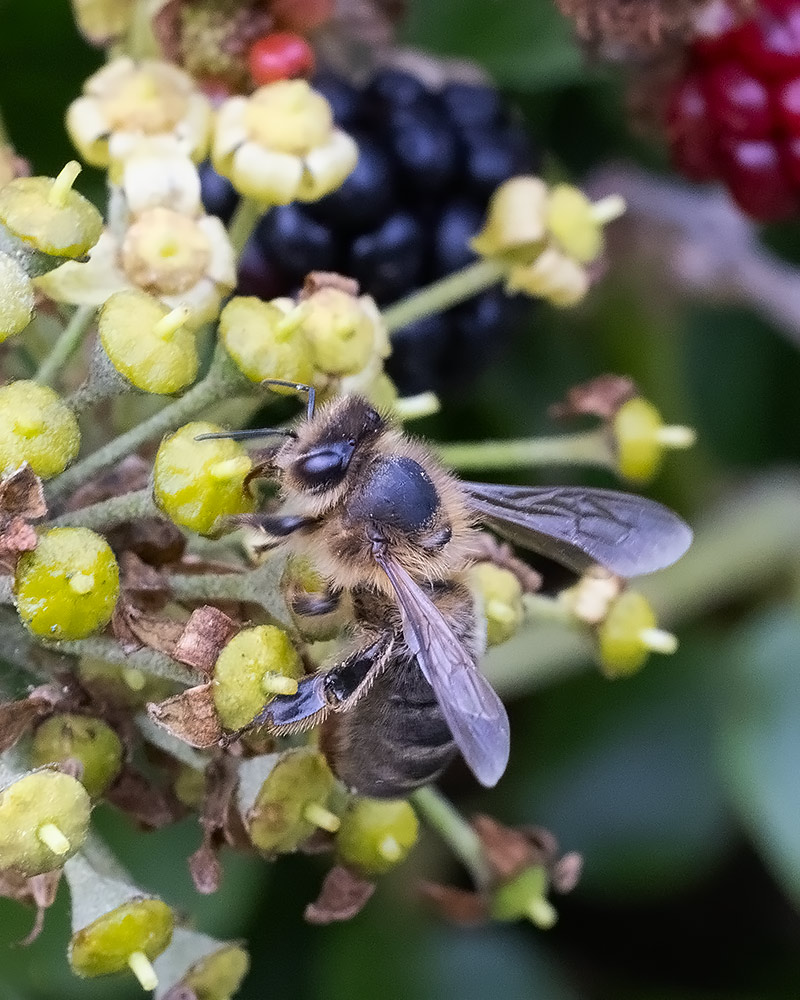
8th. Misty morning in the Garrison pines, and a fogbow.
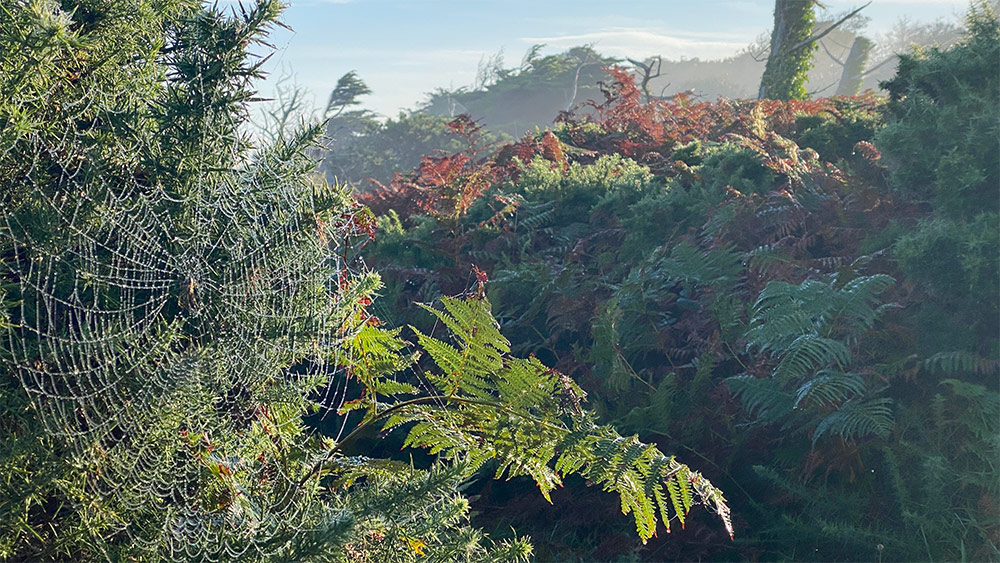
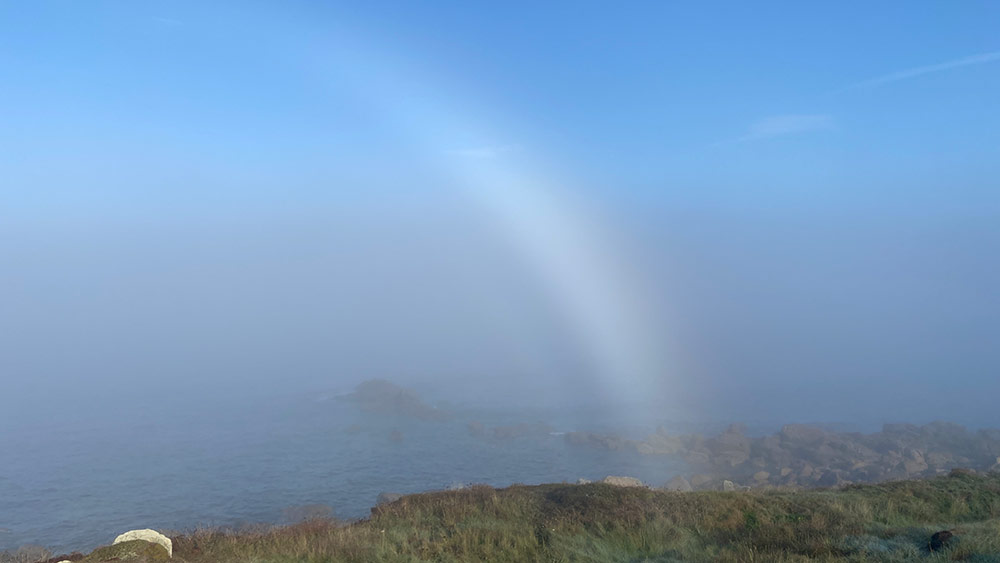
Hornet mimic hoverfly at Higher Moors.
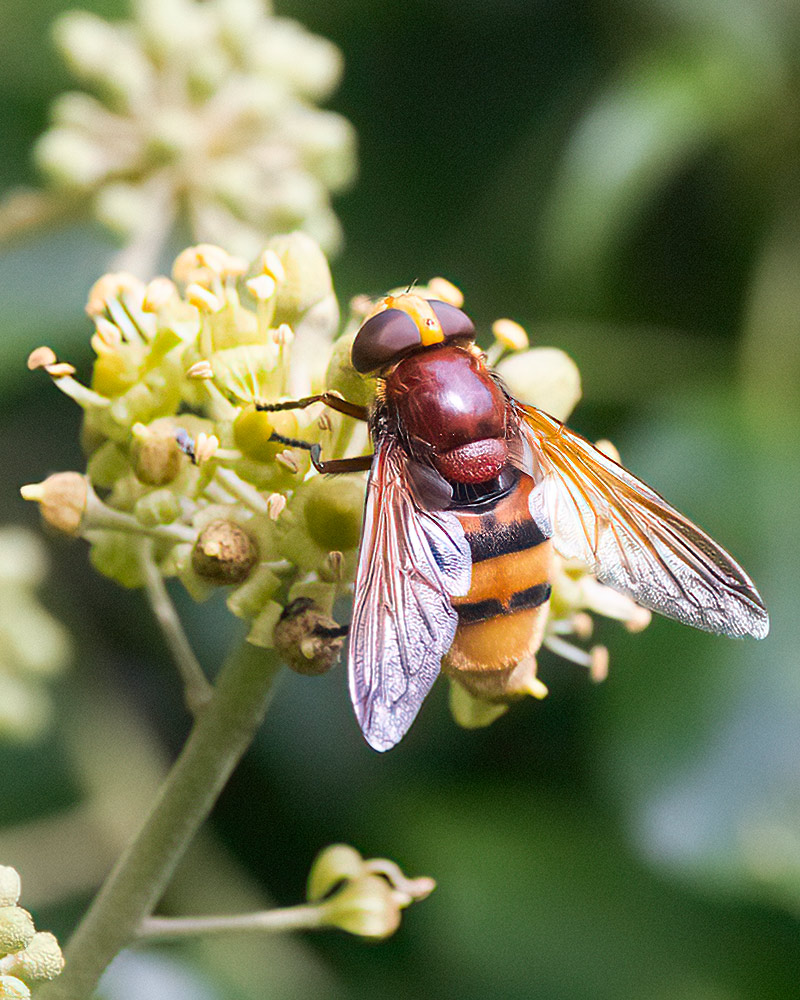
Female ivy bees on the Garrison. The species was only described in 1993, and discovered on mainland Britain in 2001. It arrived in Scilly in 2016, and has now been found on all the inhabited islands.
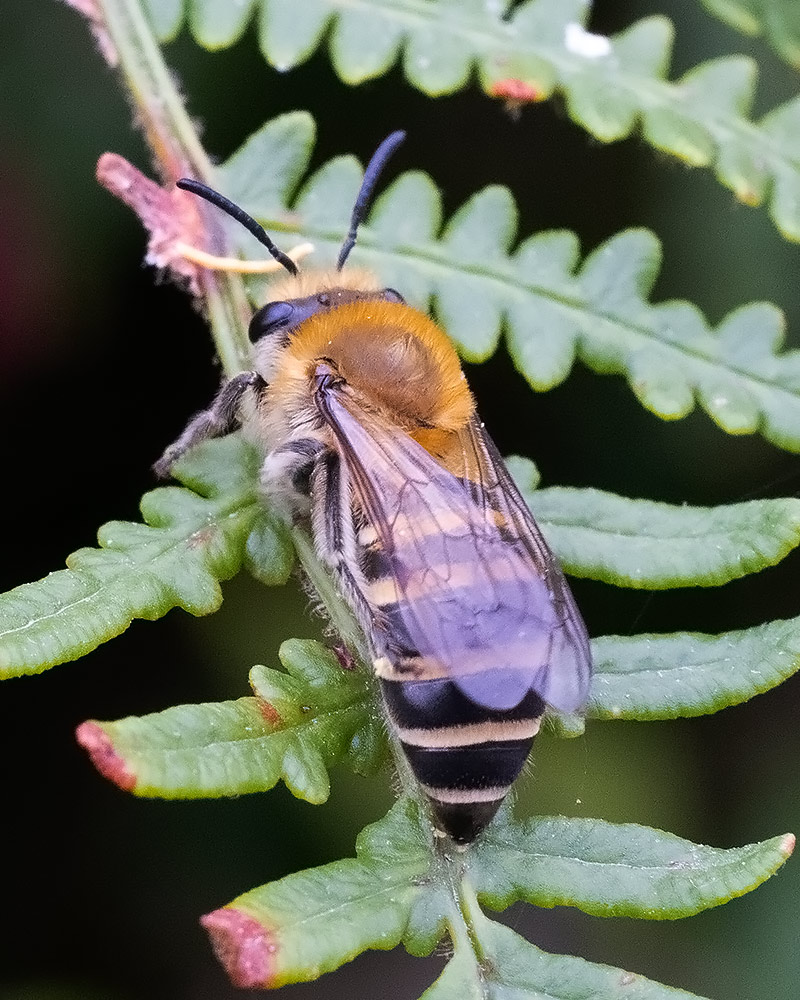
The womens' gig race viewed from our window, and a spectacular sunset from the Garrison.
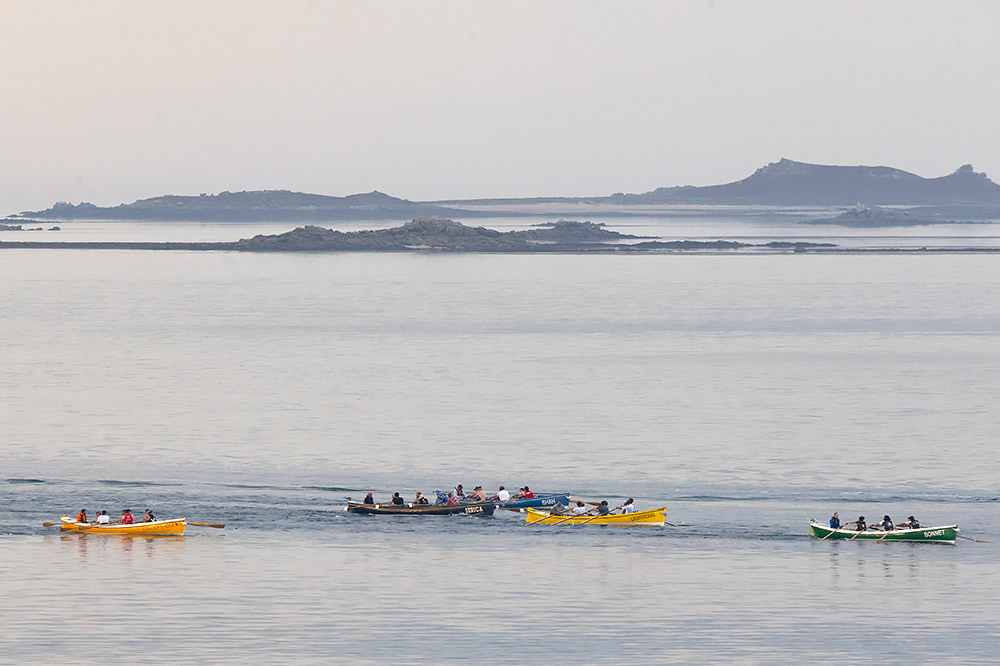

7th. Pied flycatcher and whitethroat in the Garrison pines.
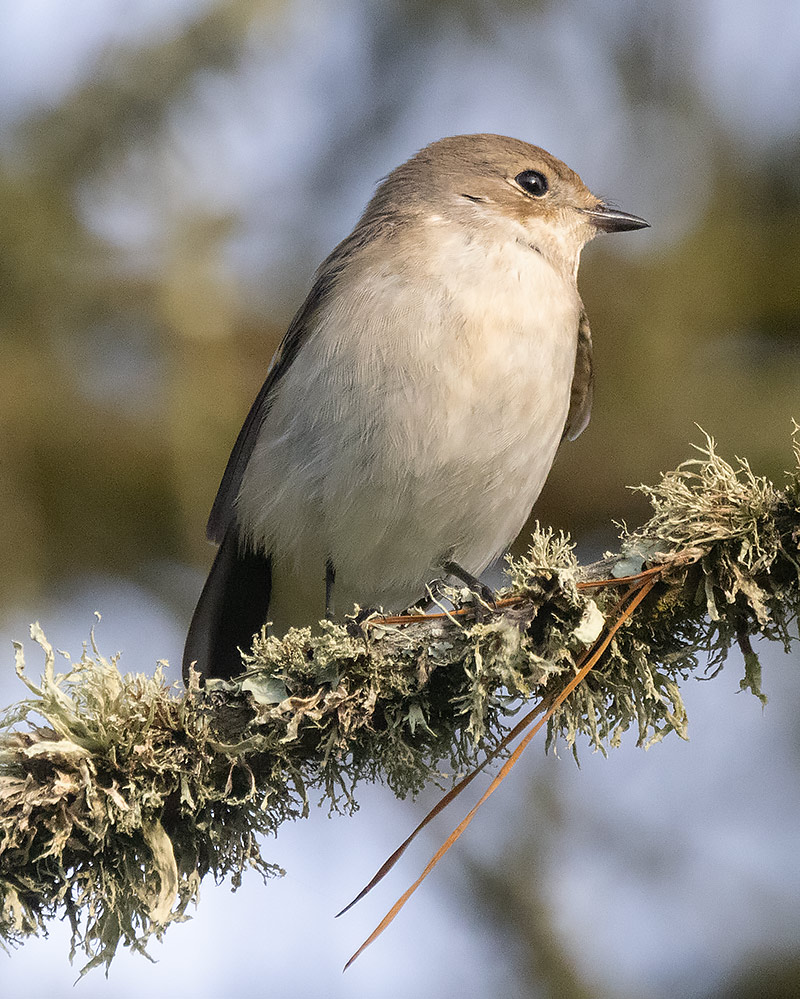
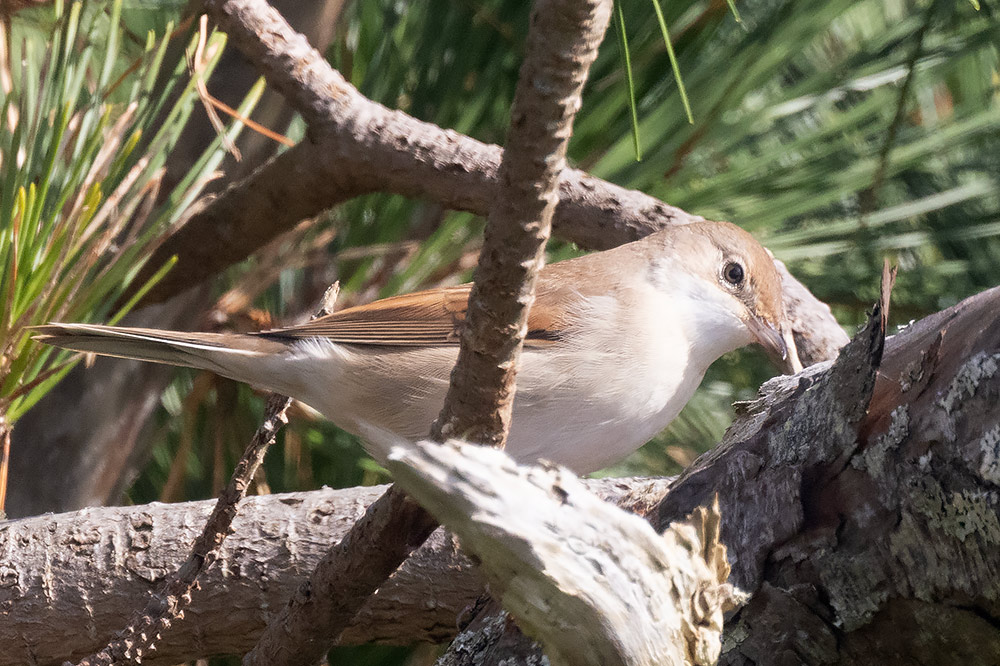
The Garrison entrance at night.
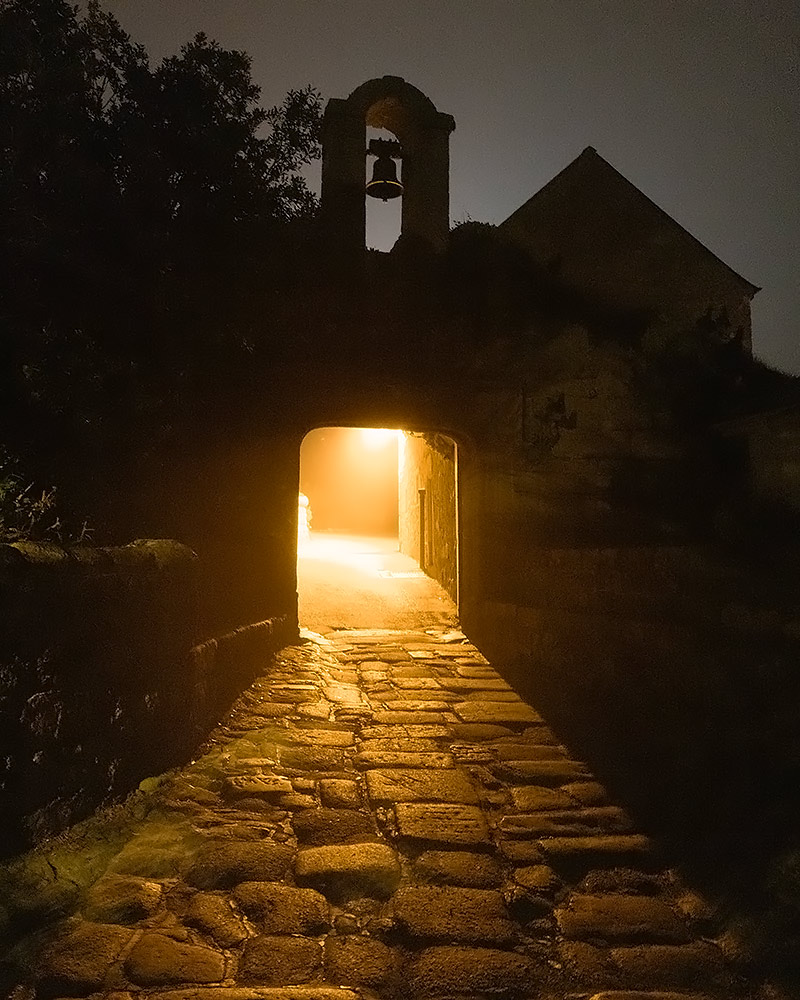
6th. We visited St Agnes and crossed to Gugh. Few birds around.
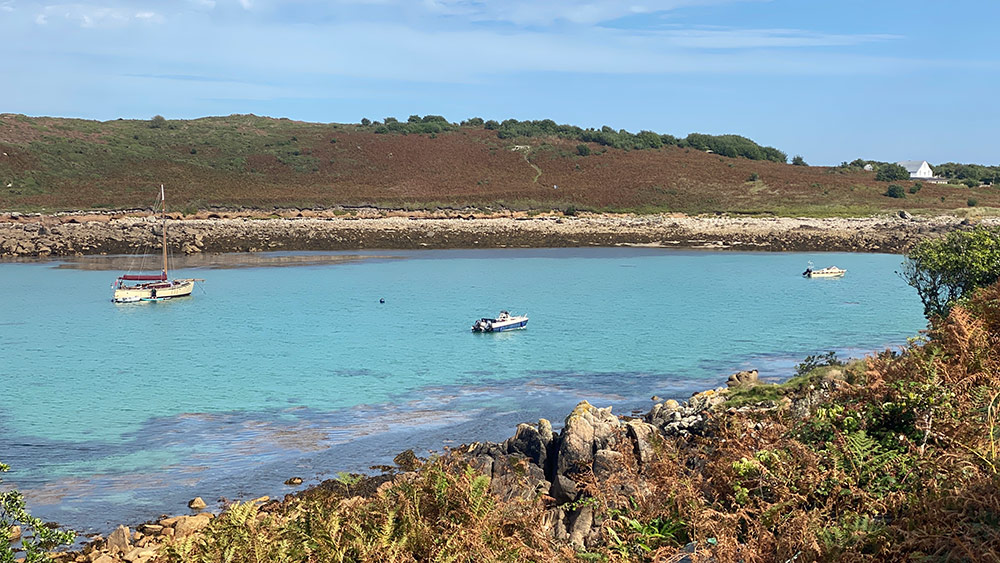
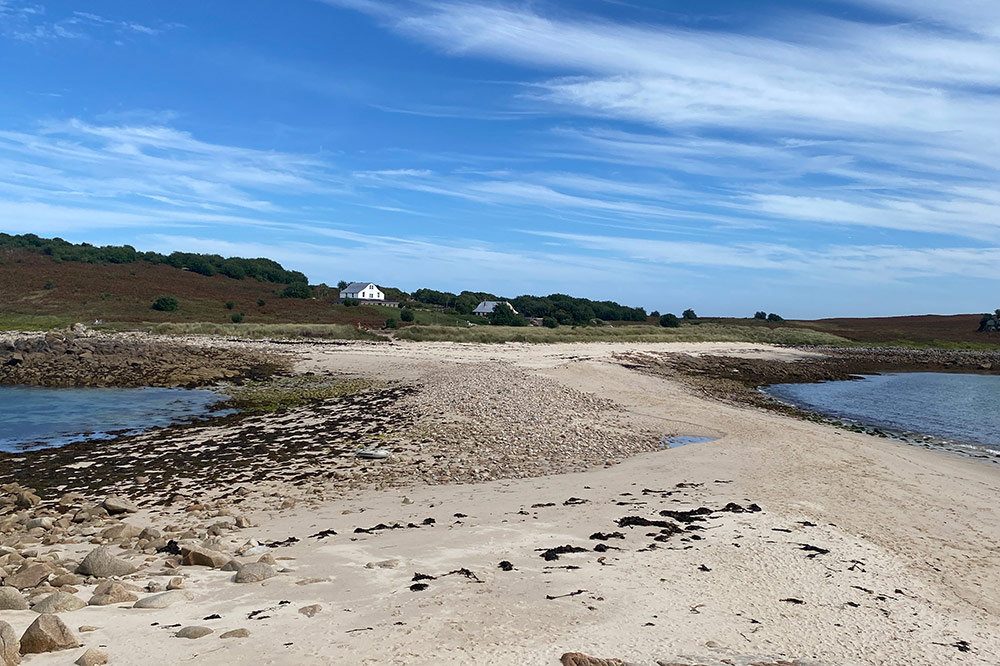
Obadiah's Barrow
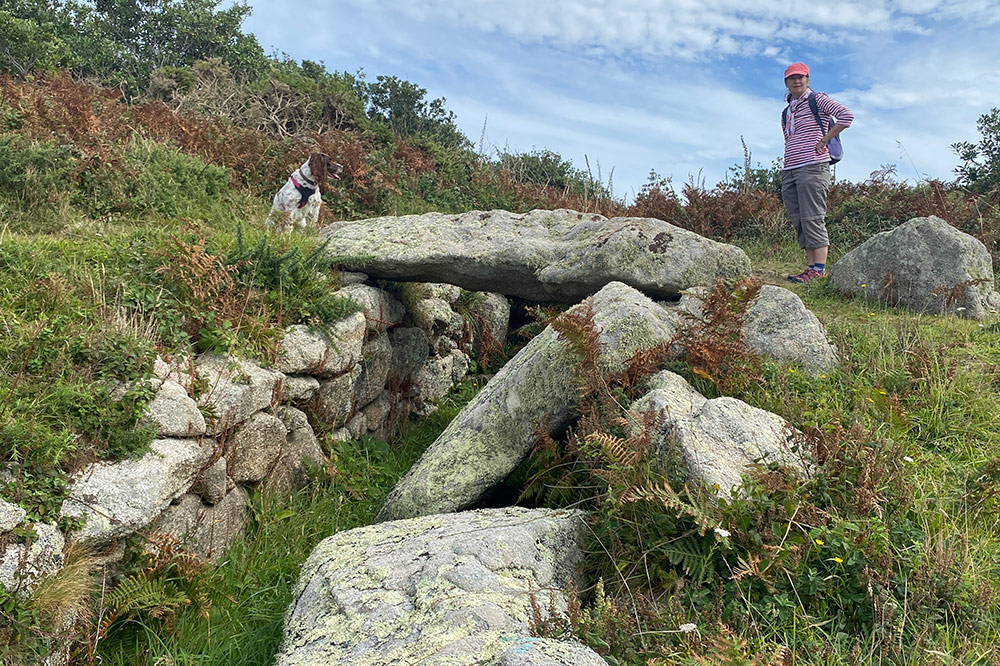
The Old Man of Gugh
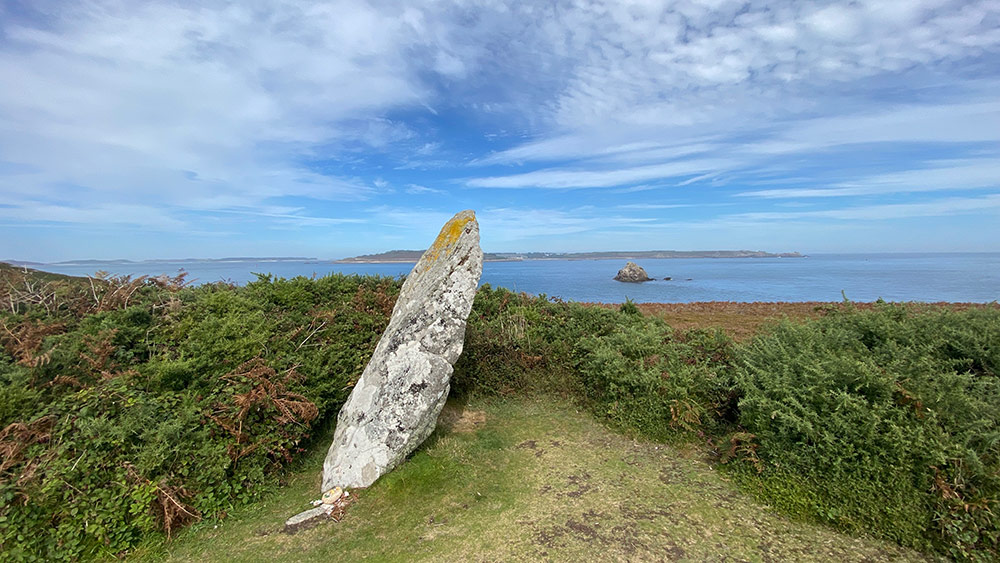
A confiding wryneck on the Garrison.
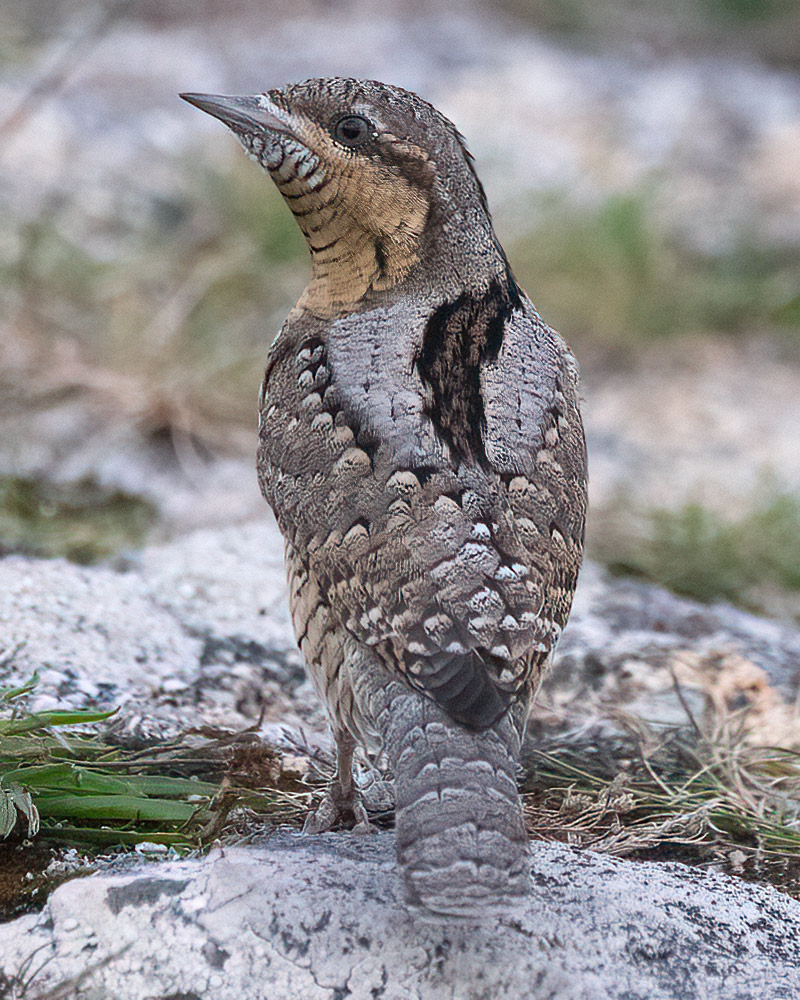
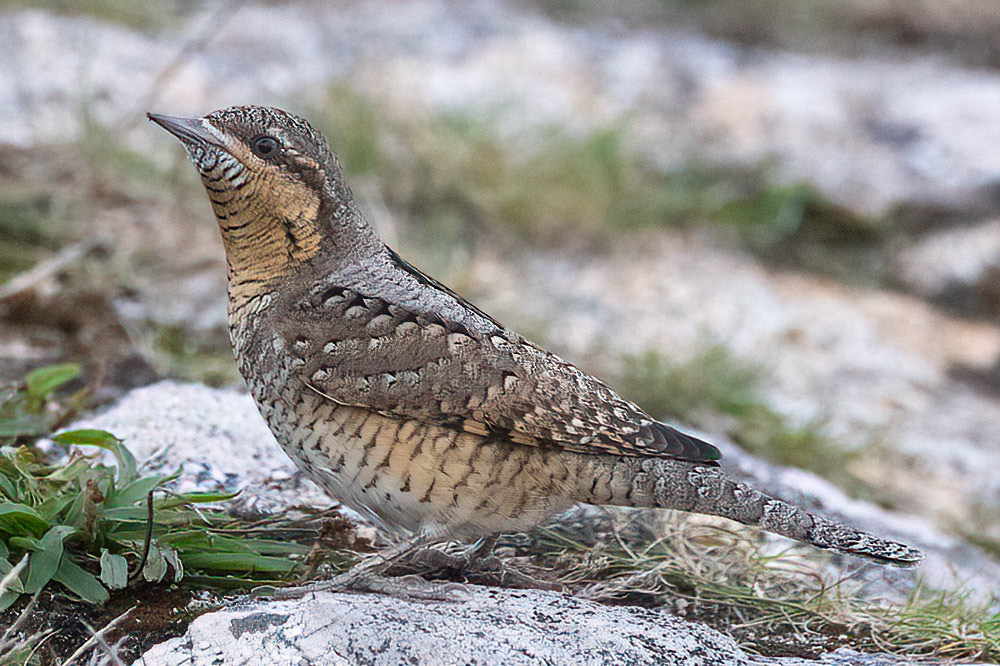
5th. Several flycatchers in the dead pines around the Garrison.
Spotted flycatcher
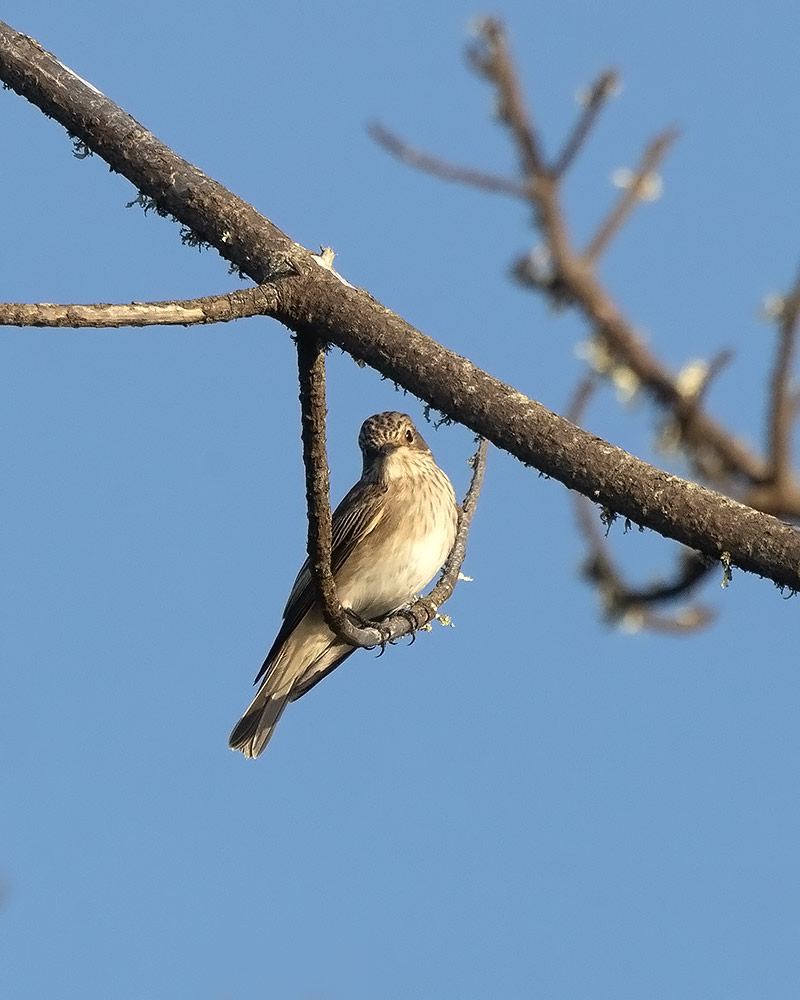
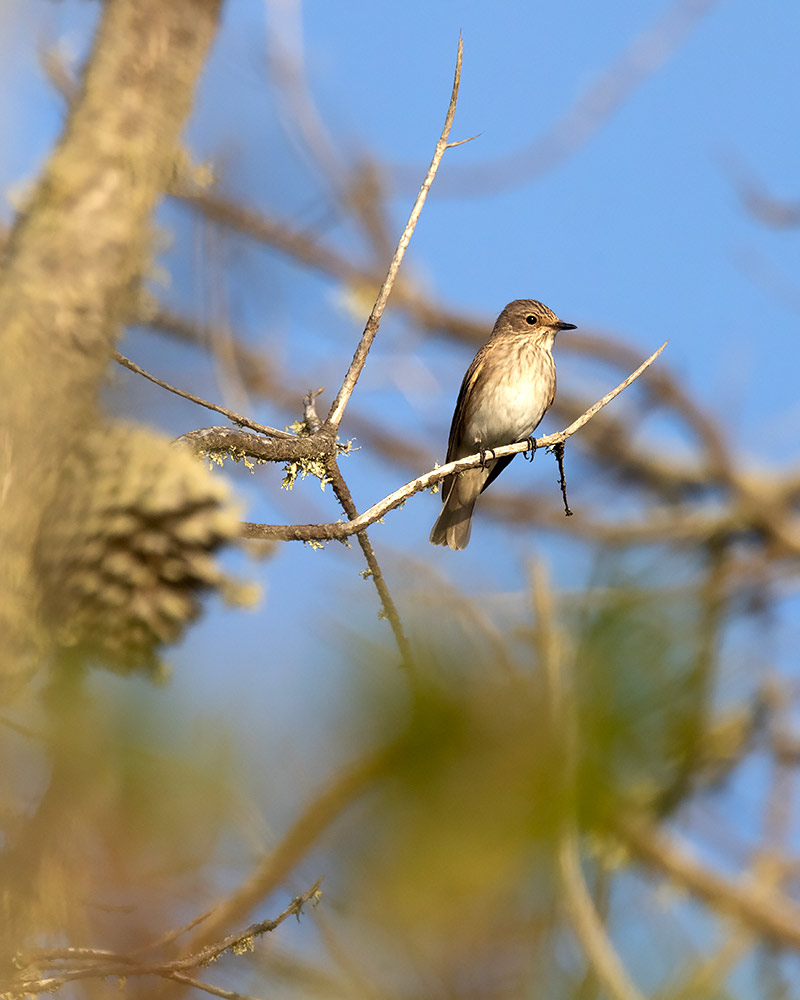
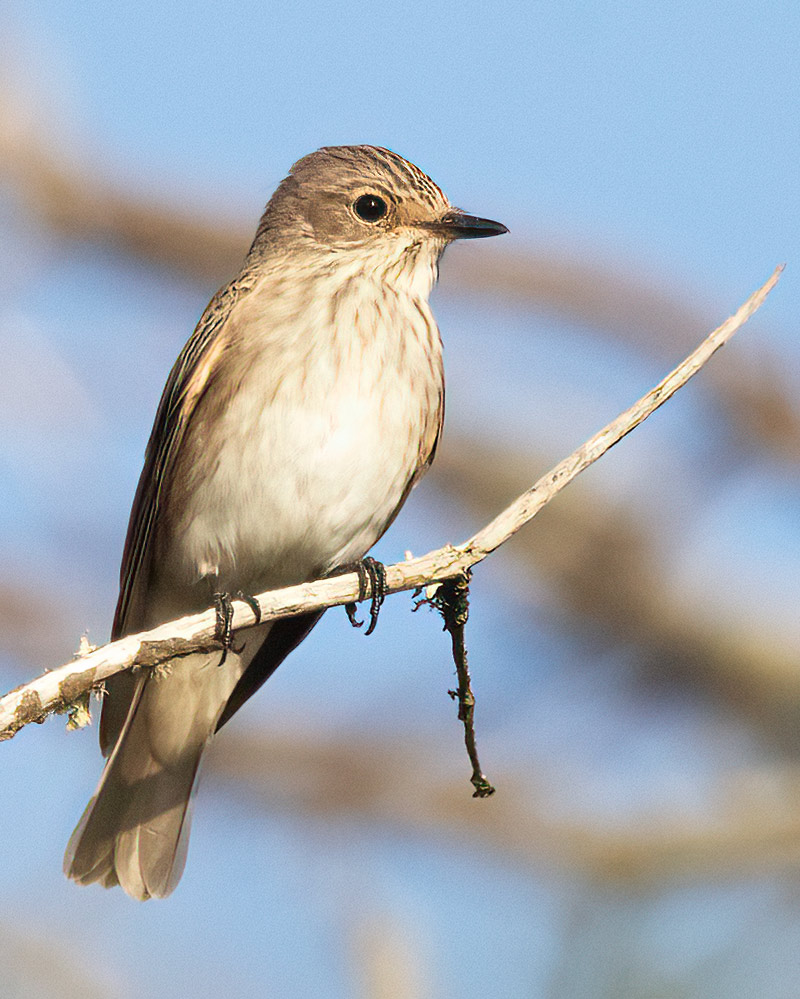
Pied flycatcher
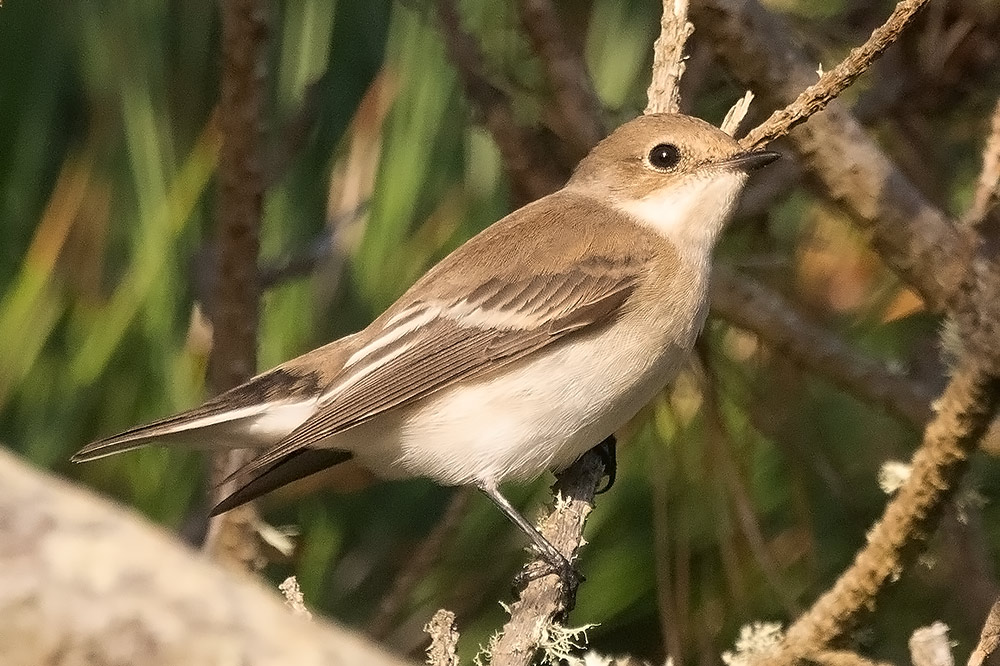
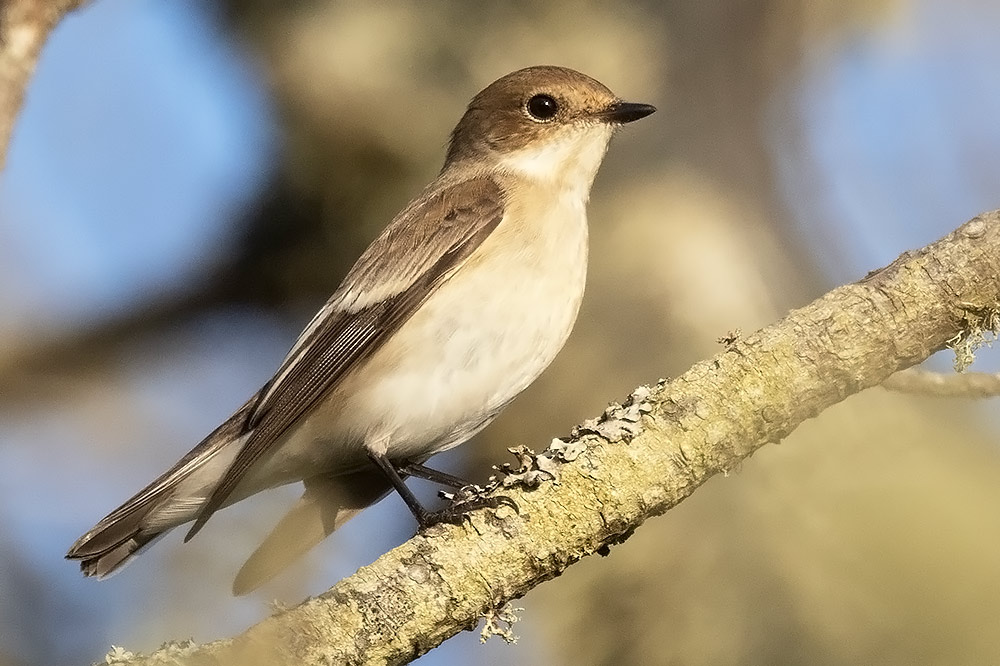
Collared doves at Tregarthen's Hotel.
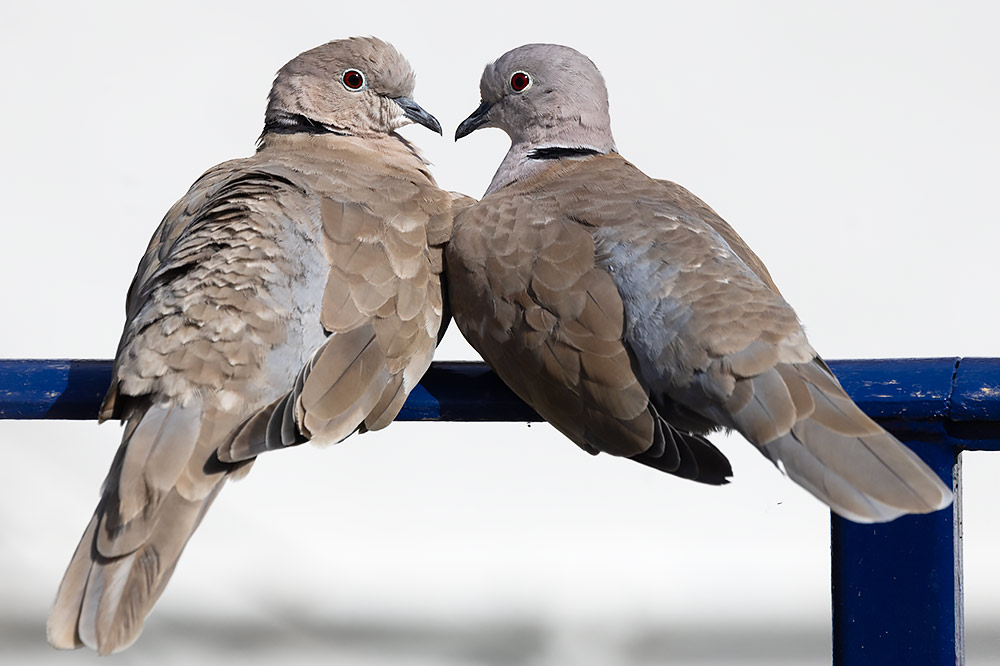
3rd. A daytime pelagic trip to Pol Bank 5km beyond Bishop Rock. Typically the red-footed booby wasn't there when we visited Bishop's Rock, appeared while we at Pol Bank only to leave by the time we returned. We didn't see any rare birds on the trip, but the weather was great with excellent conditions for photography. We saw 4 Arctic terns, and a probably Portuguese man o'war. A chiffchaff descended to fly alongside the boat. I had my closest views of a Balearic shearwater. There was dead Cory's shearwater in the sea - I hope it wasn't a victim of bird flu. We had great views of common dolphins alongside the Sapphire.
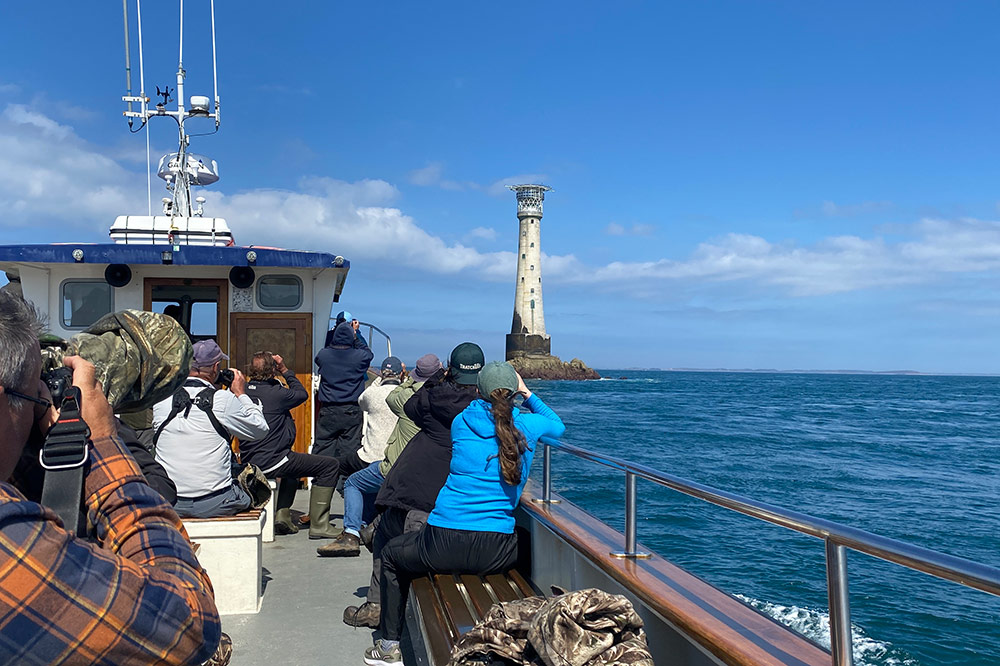
Four shearwaters in one photo - from top - Cory's, great, sooty and Manx.
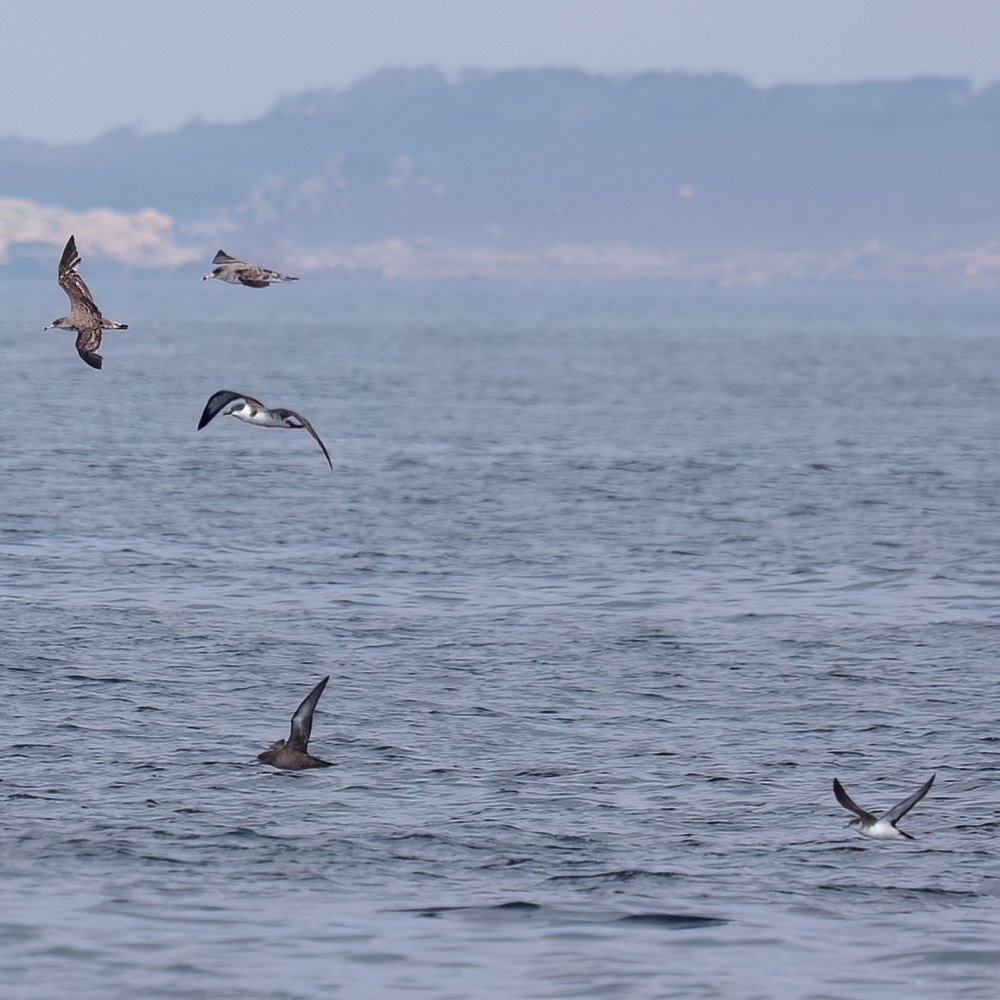
Great, Cory's and Manx shearwaters.
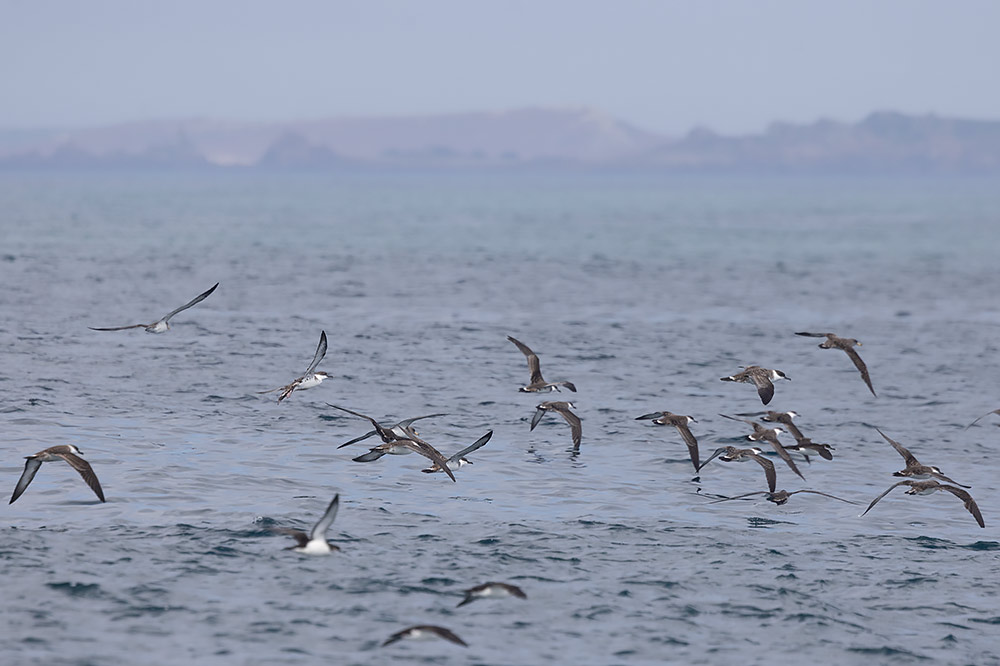
Cory's shearwater
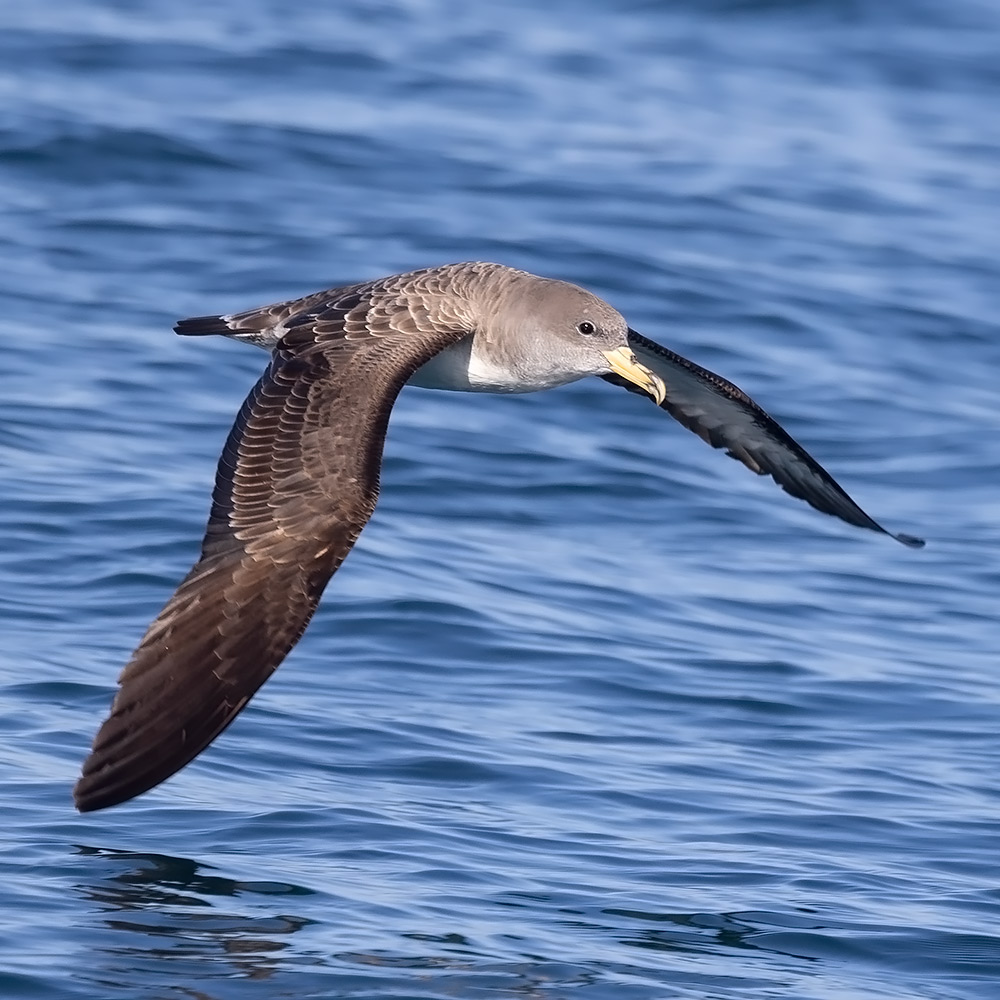
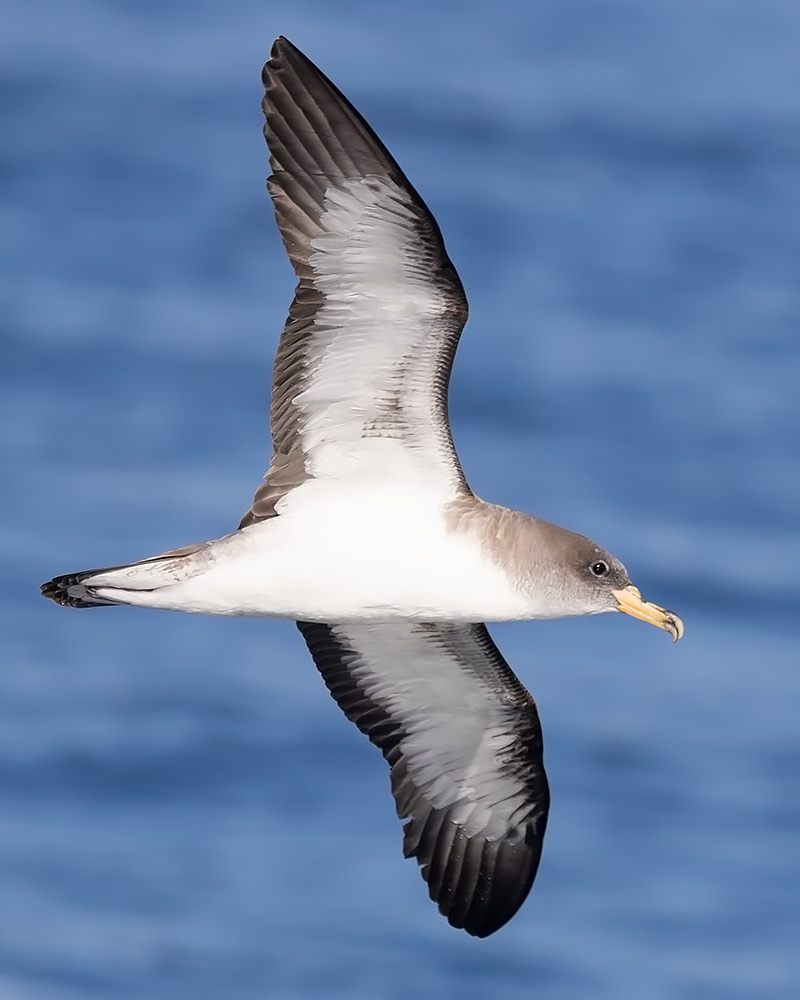
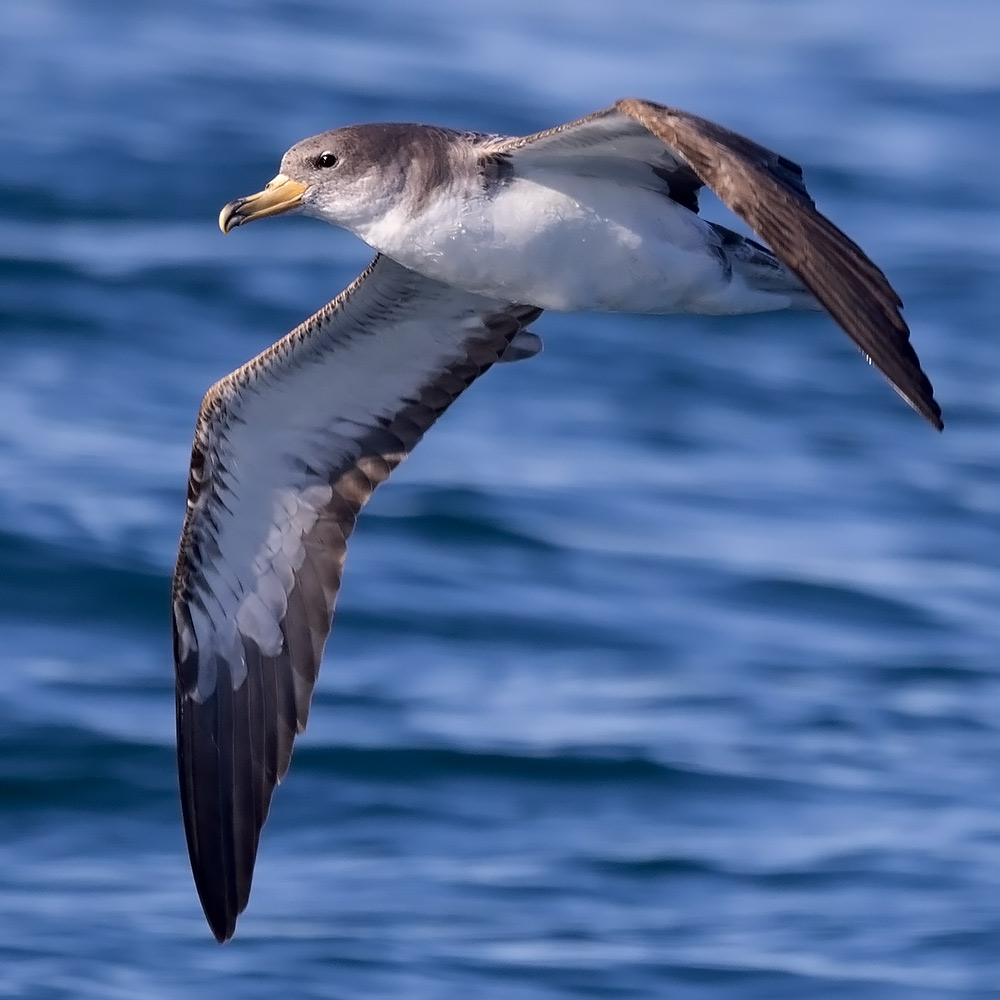
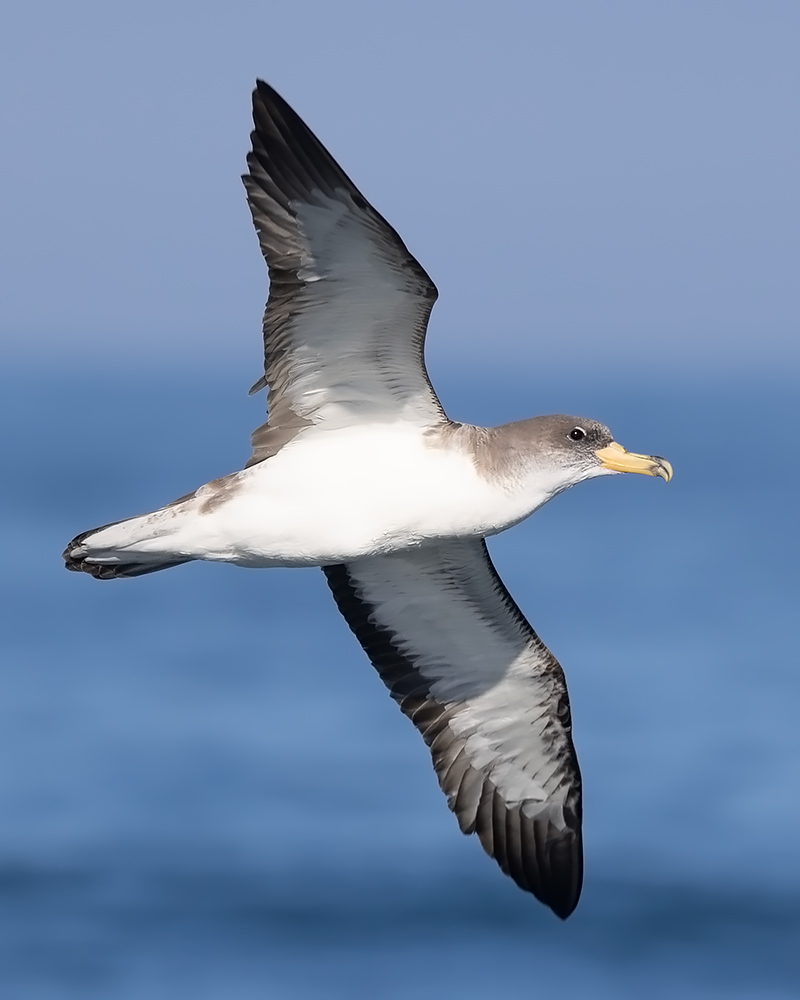
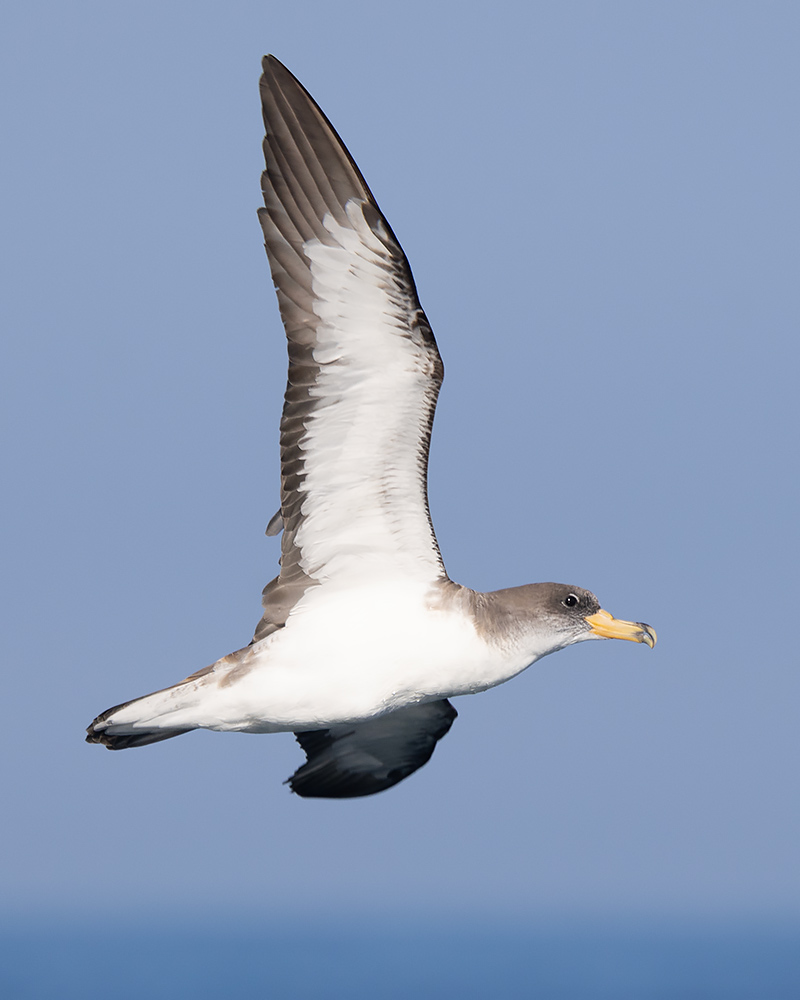
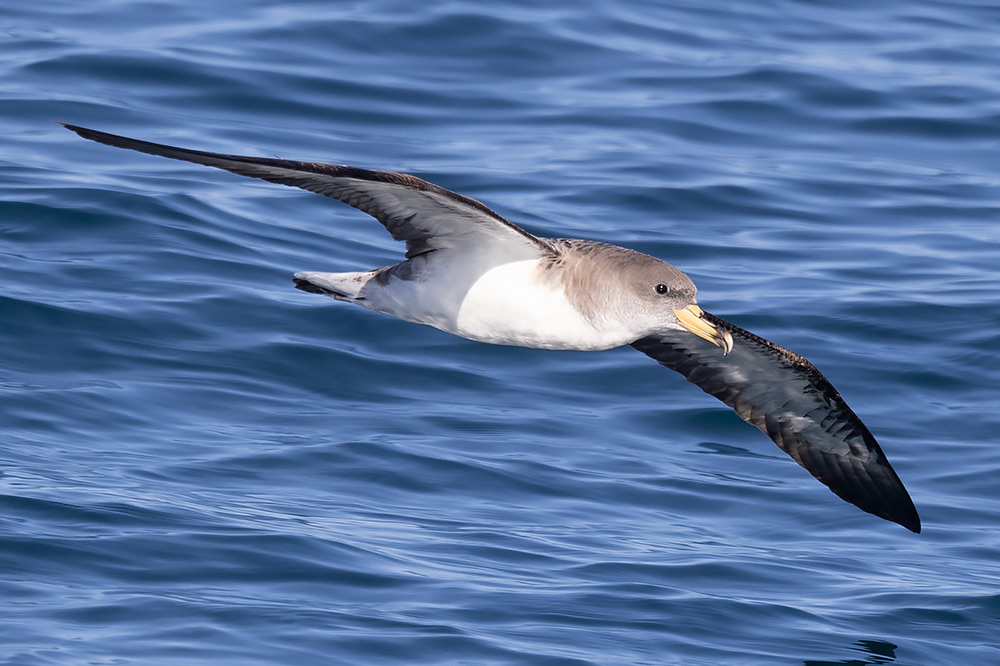

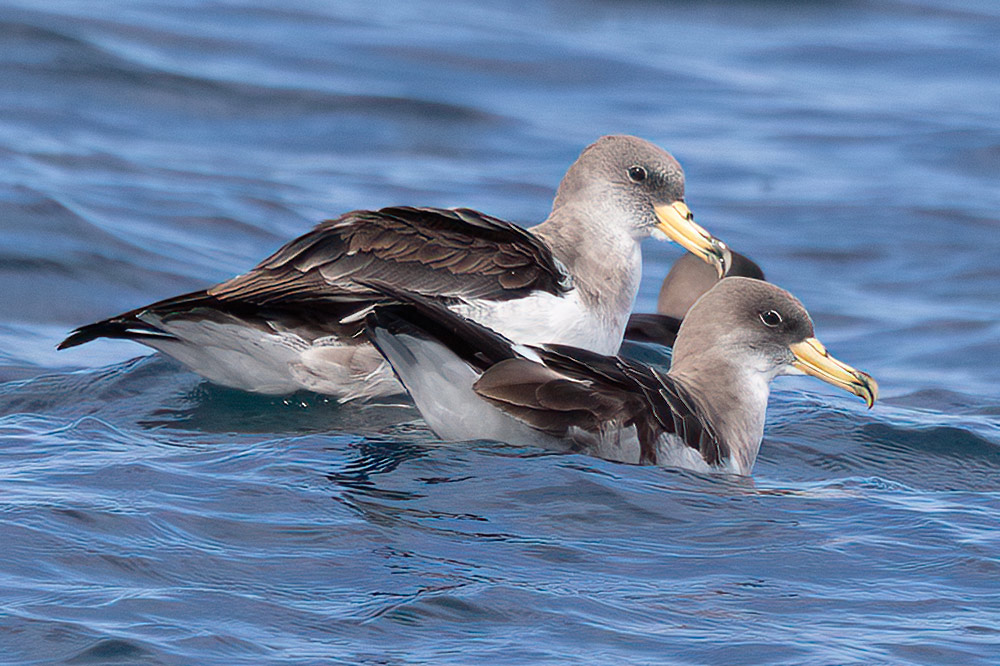
Great shearwaters
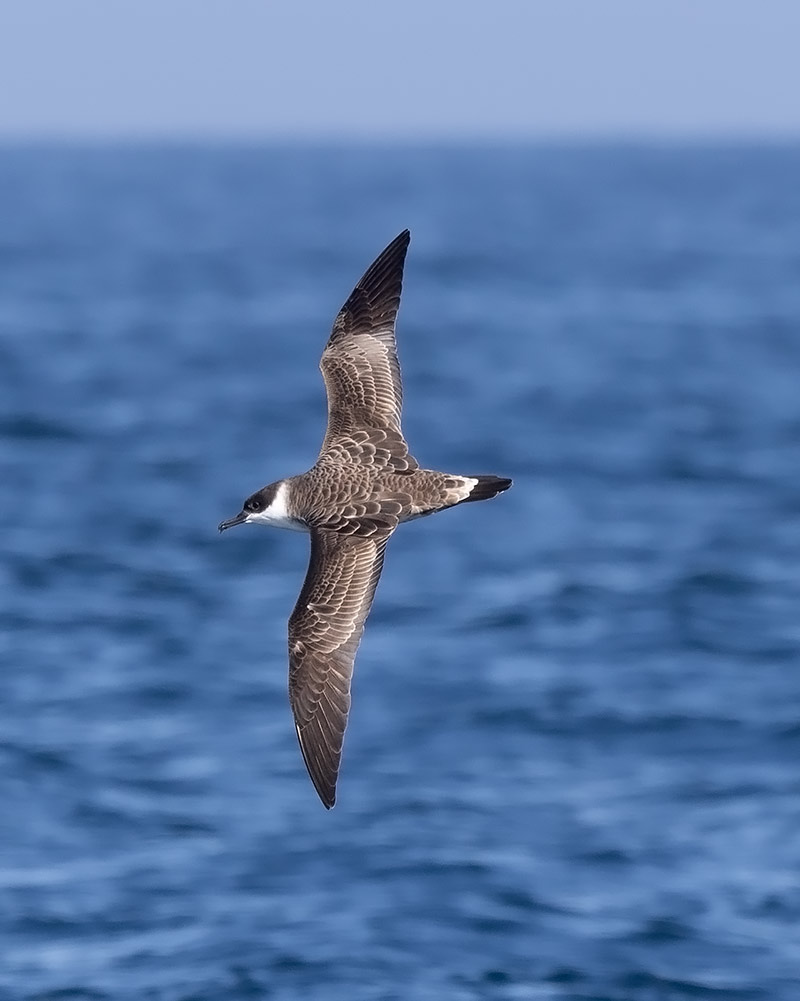
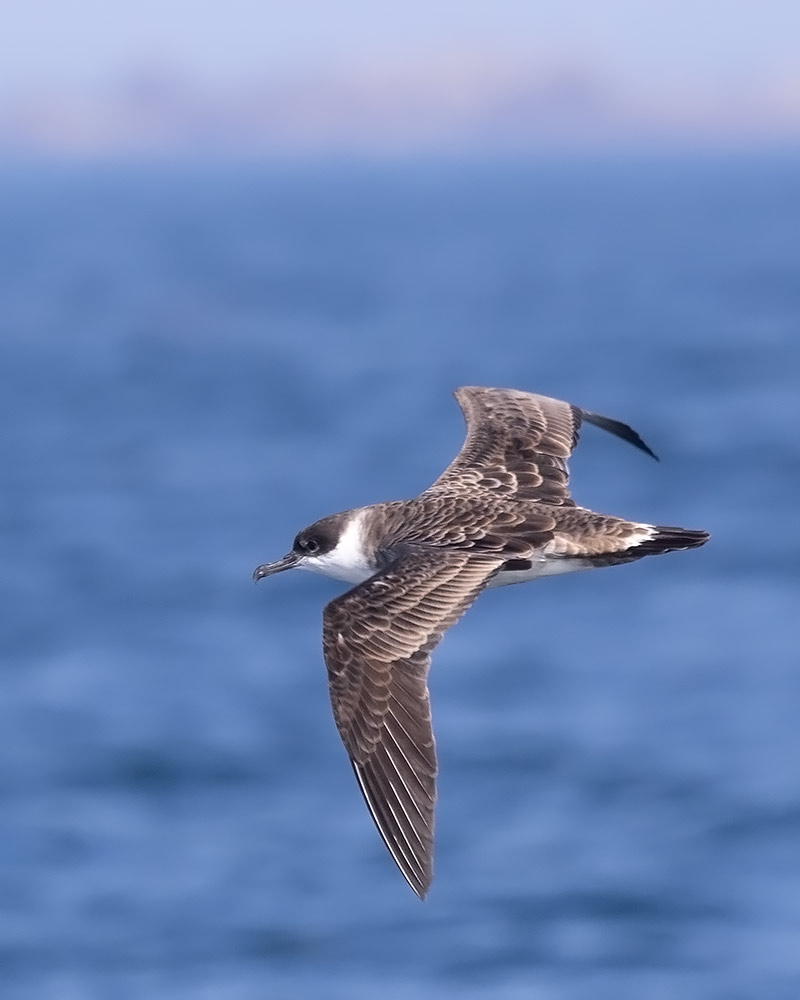
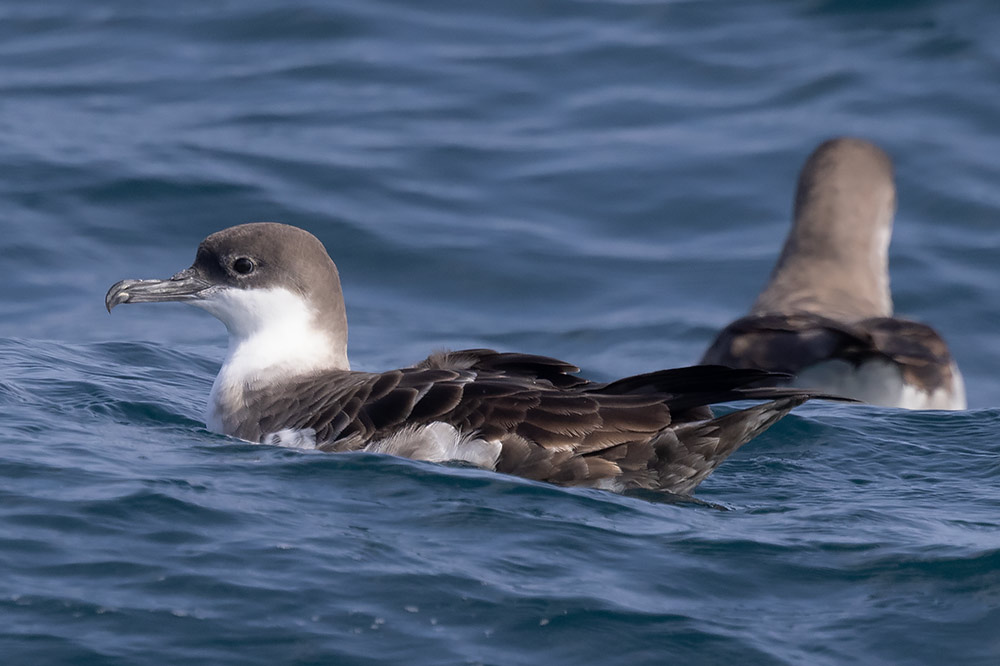
Balearic shearwater
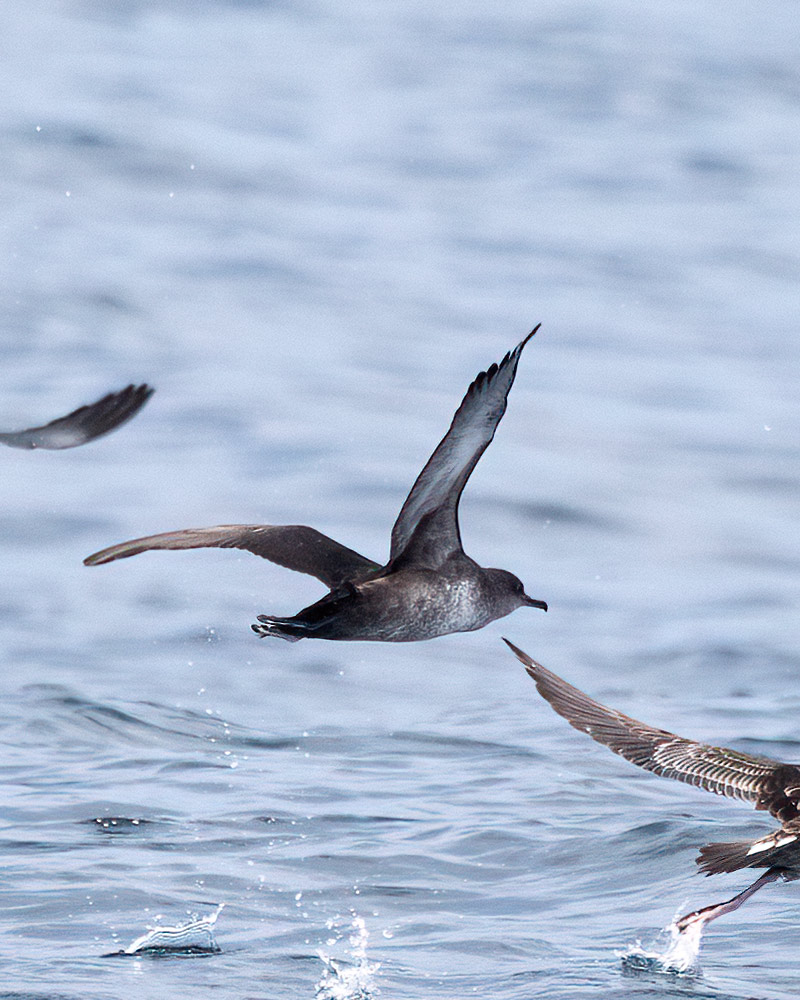
Common dolphin
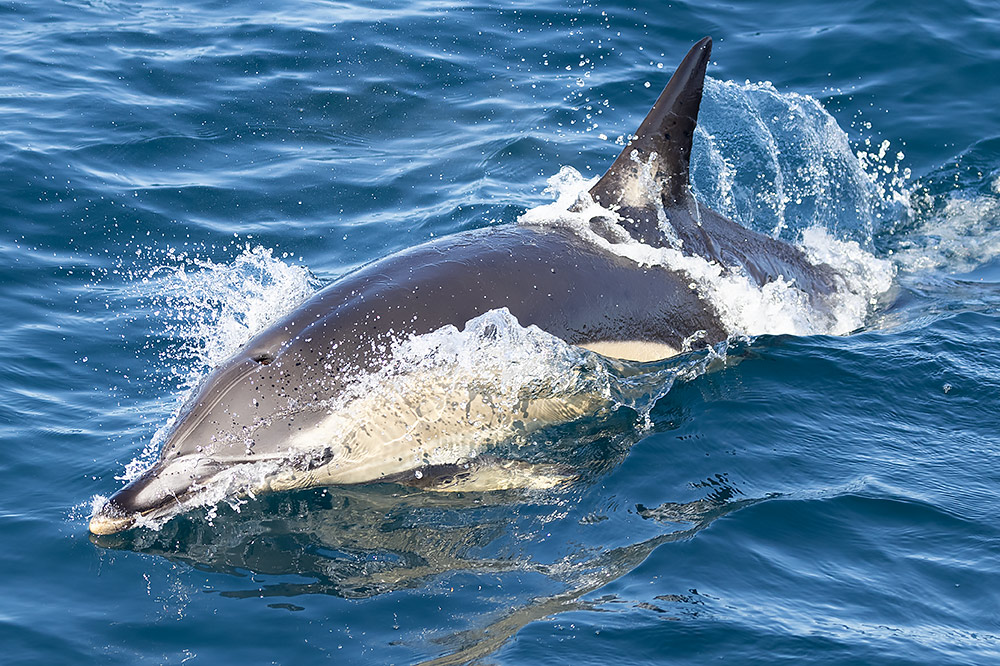
The Sea King approaching Bishop's Rock.
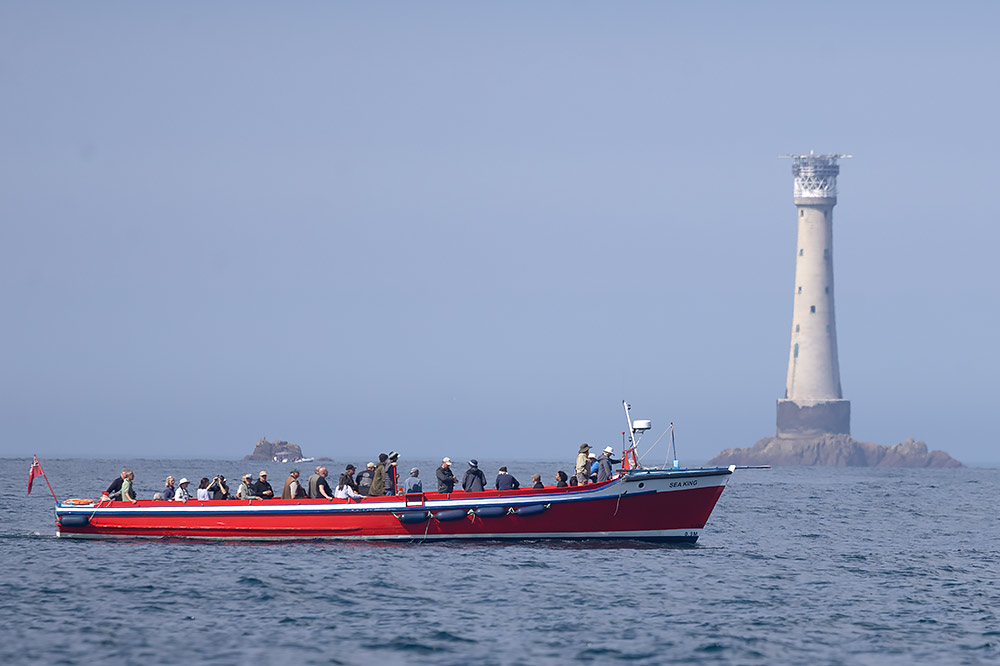
2nd. I cycled to see a MELODIOUS WARBLER near Longstone. The bird went missing, and I refound it about 100 m away in an allotment field.
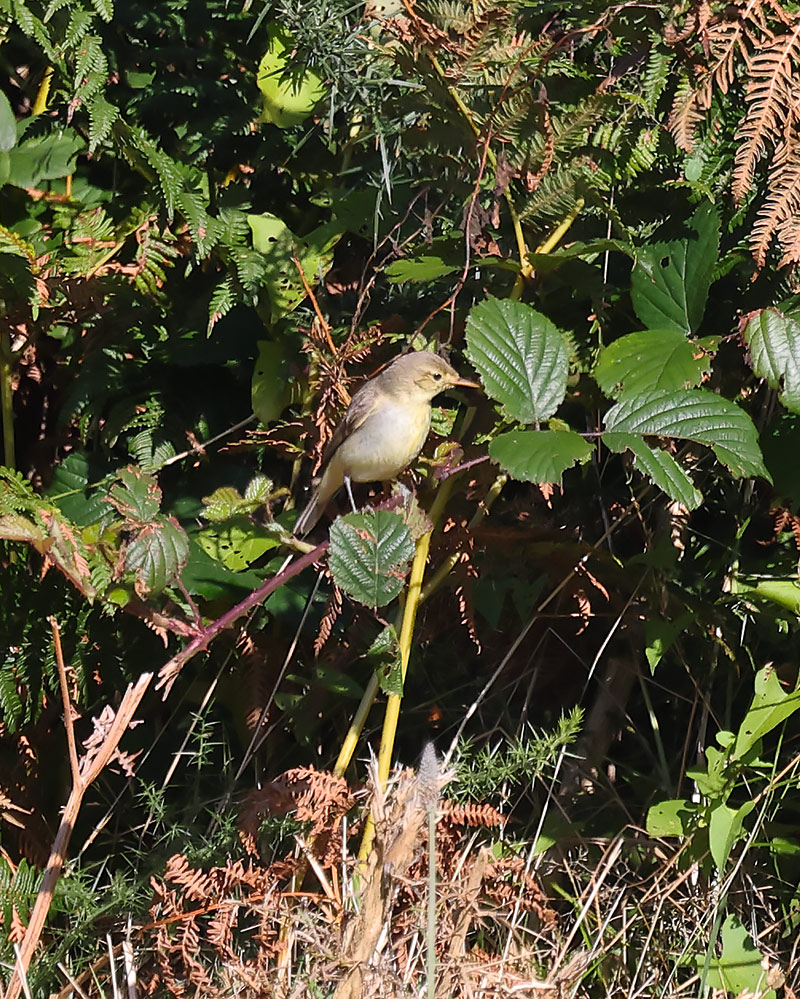
We took the boat to Tresco and crossed by foot to Bryher on the day after the Spring tide.
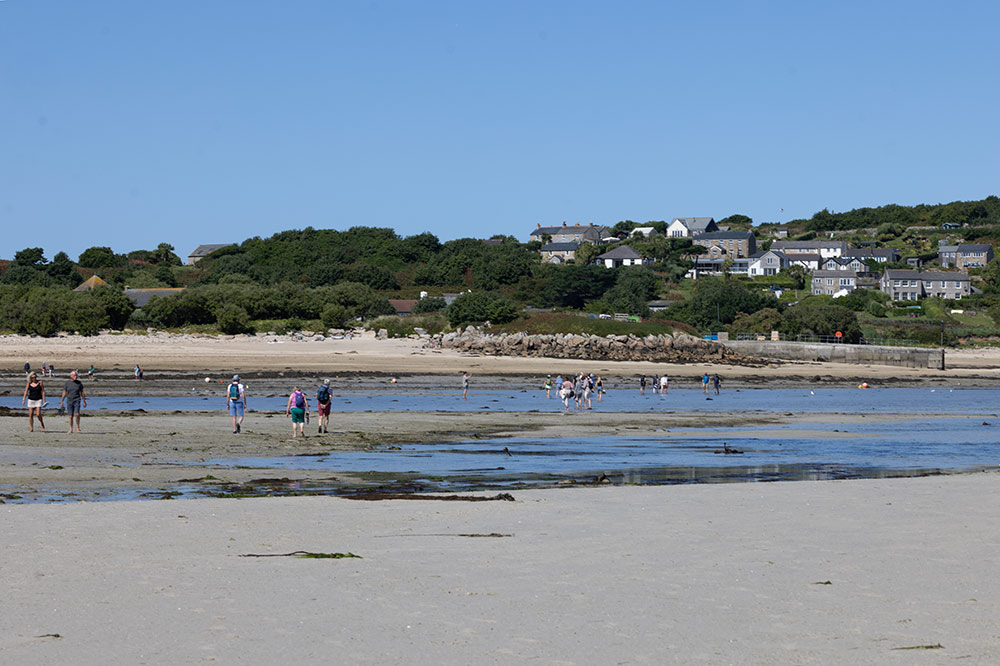
We found a sea potato case and this hermit crab.
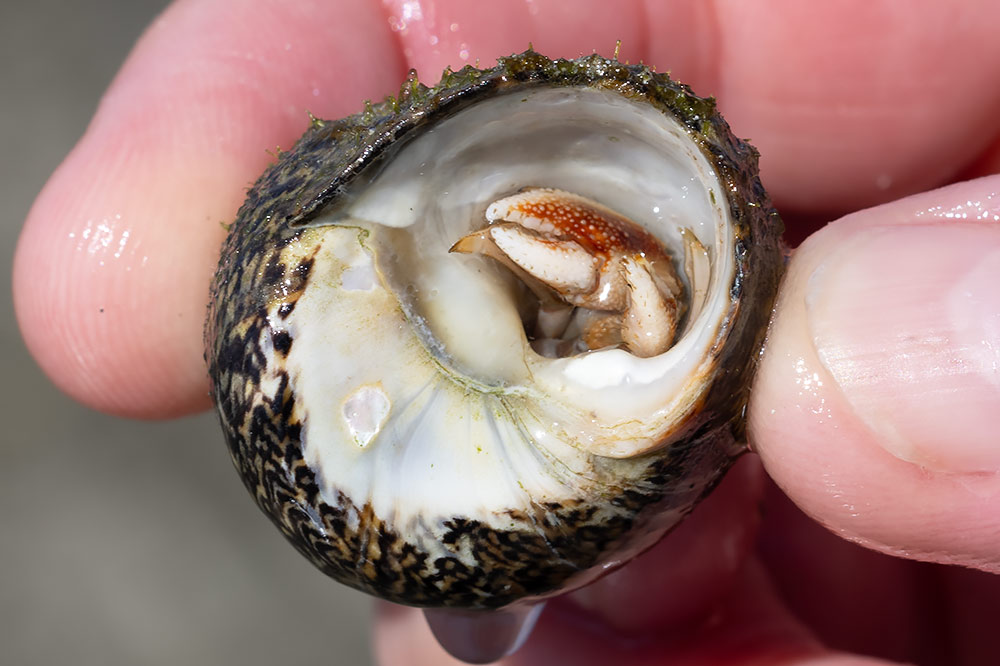
After stocking up on fudge from Veronica's Farm, we visited the Tresco Abbey Gardens. The statue of Gaia was impressive, and plants included flowering Protea cyanoides (the national flower of South Africa) and the Nikau palm Rhopalostylis sapida from New Zealand, with berries.
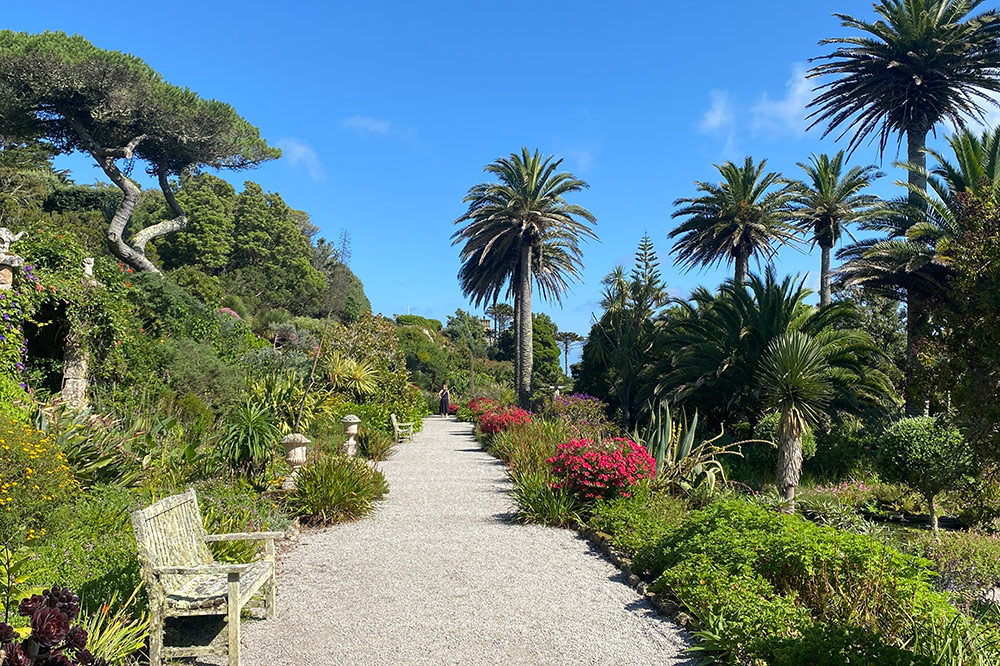
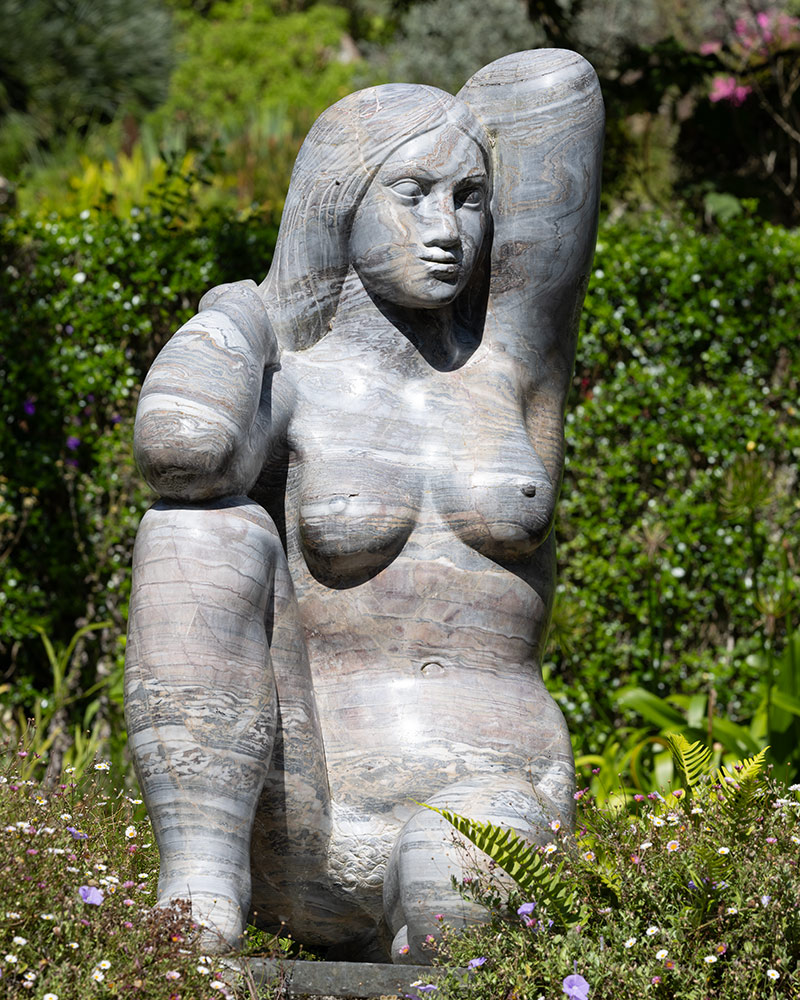
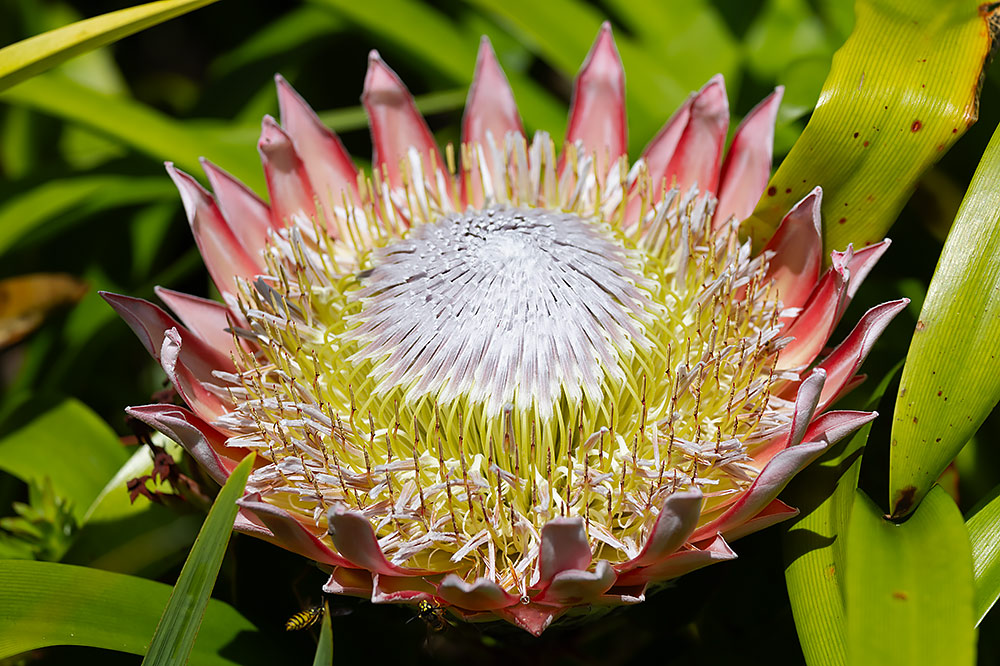
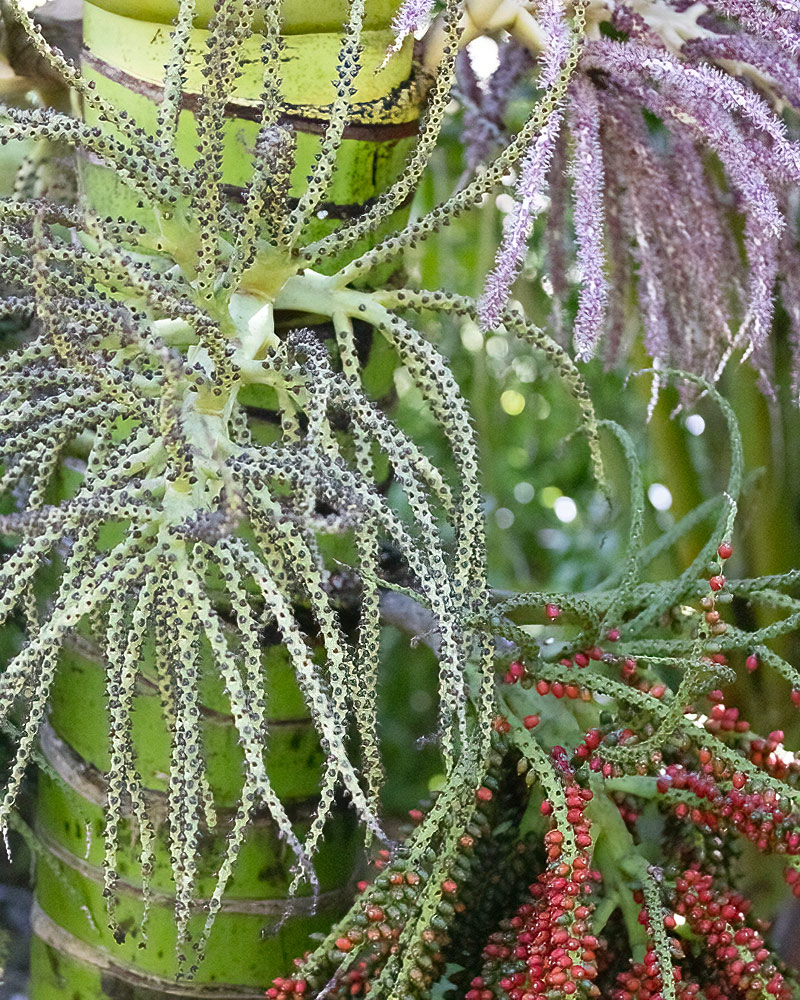
We caught up with the red squirrels and the golden pheasants.
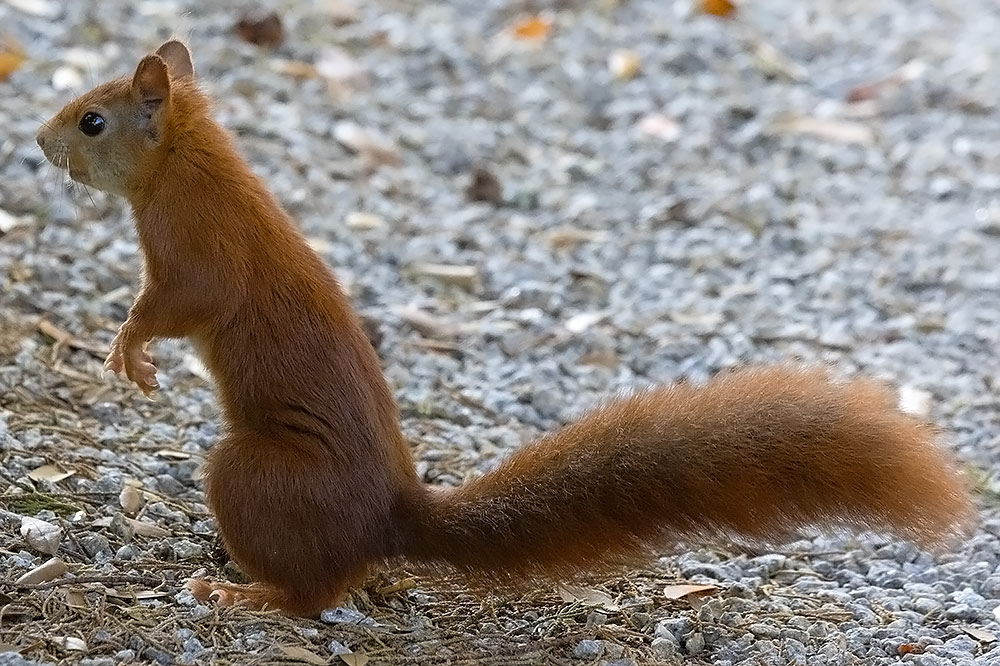
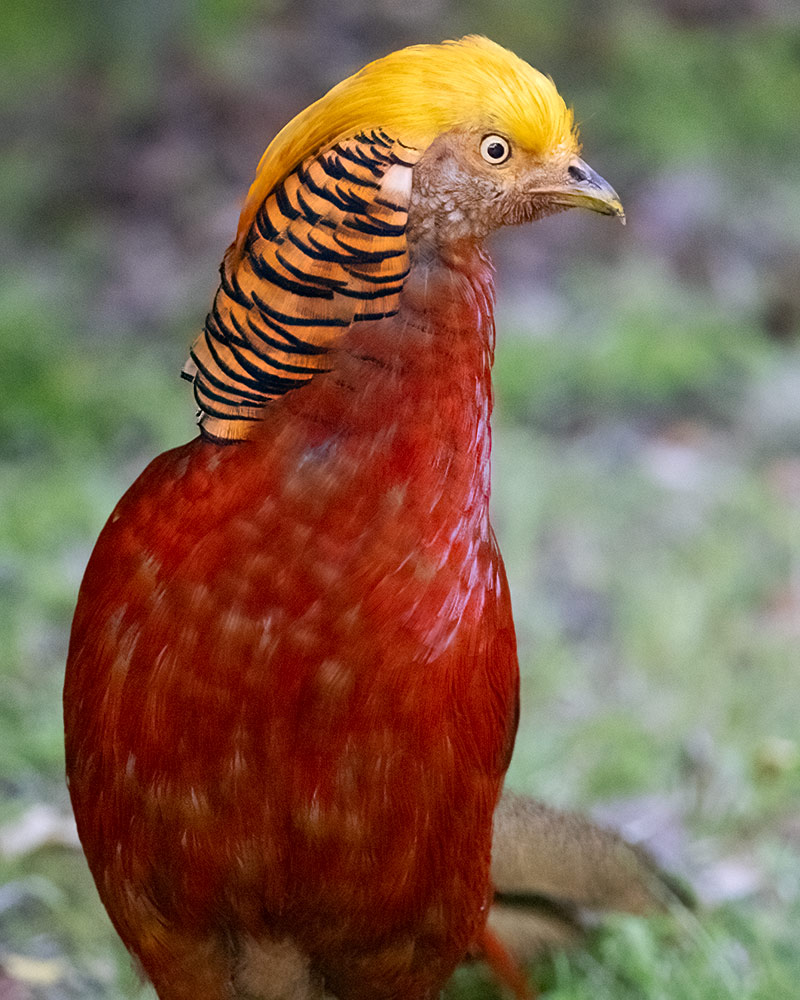
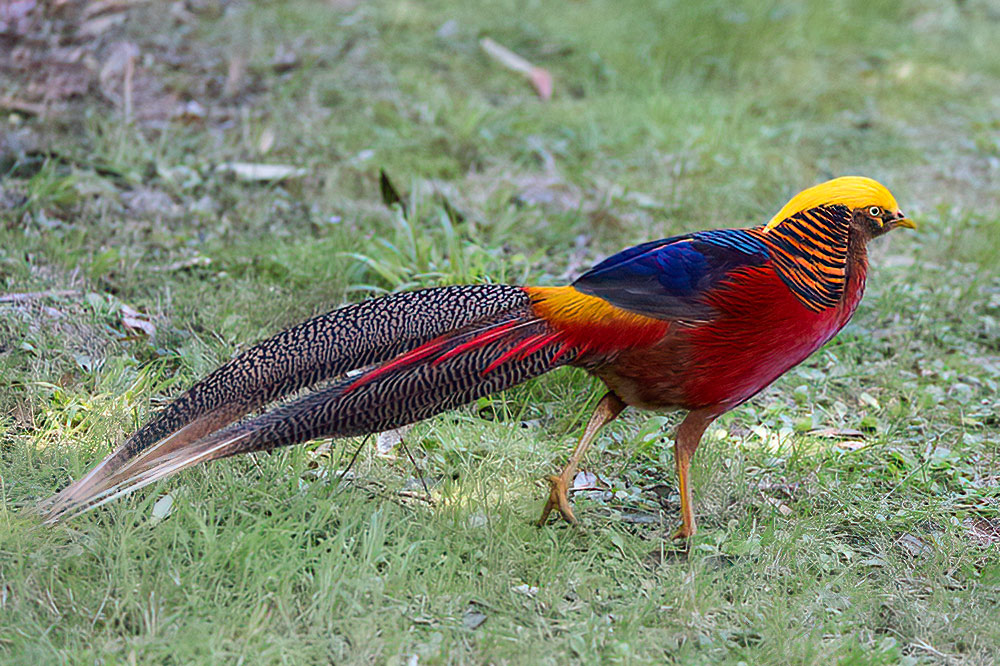
1st. I missed another lifer by a couple of minutes when a couple of honey buzzards flew over St Mary's - I was rock-pooling at the time. The rock-pooling was interesting at a low almost Spring tide. There has been an influx of crystal jellyfish Aequorea forskalea, typically a Mediterranean species and indicative of ocean warming probably.
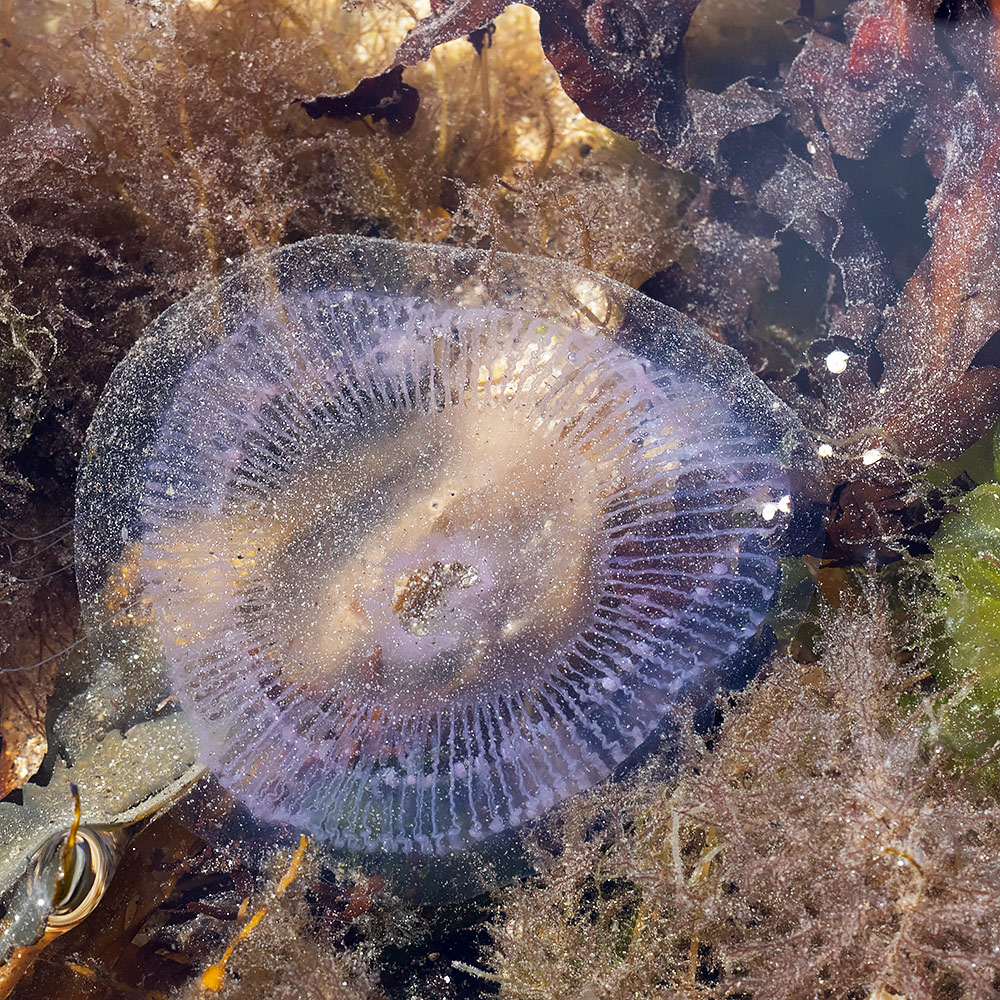
Echinoderms included seven-armed starfish, spiny starfish, cushion stars, and probably bristle stars (common?), again touching a cushion star. The spiny starfish has a cushion star near it to give some idea of scale for the close up of the cushion star photo beneath it.
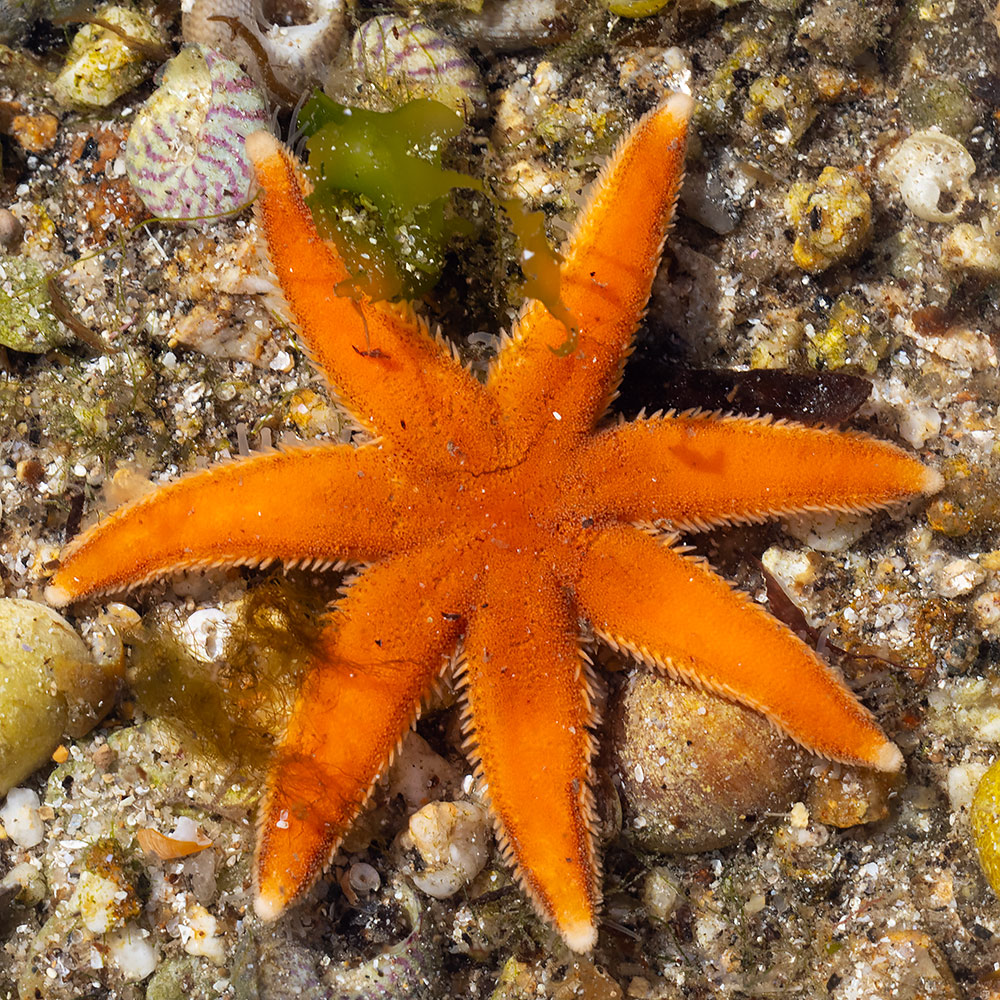
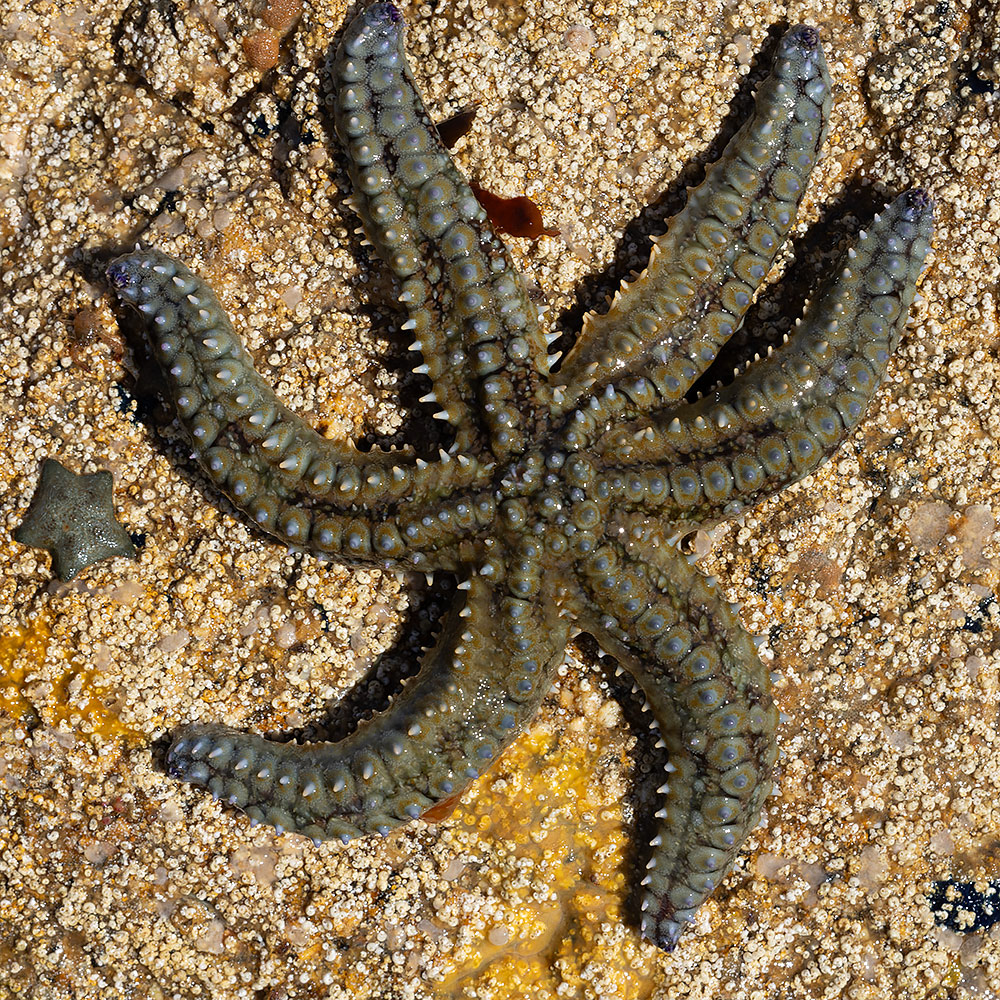
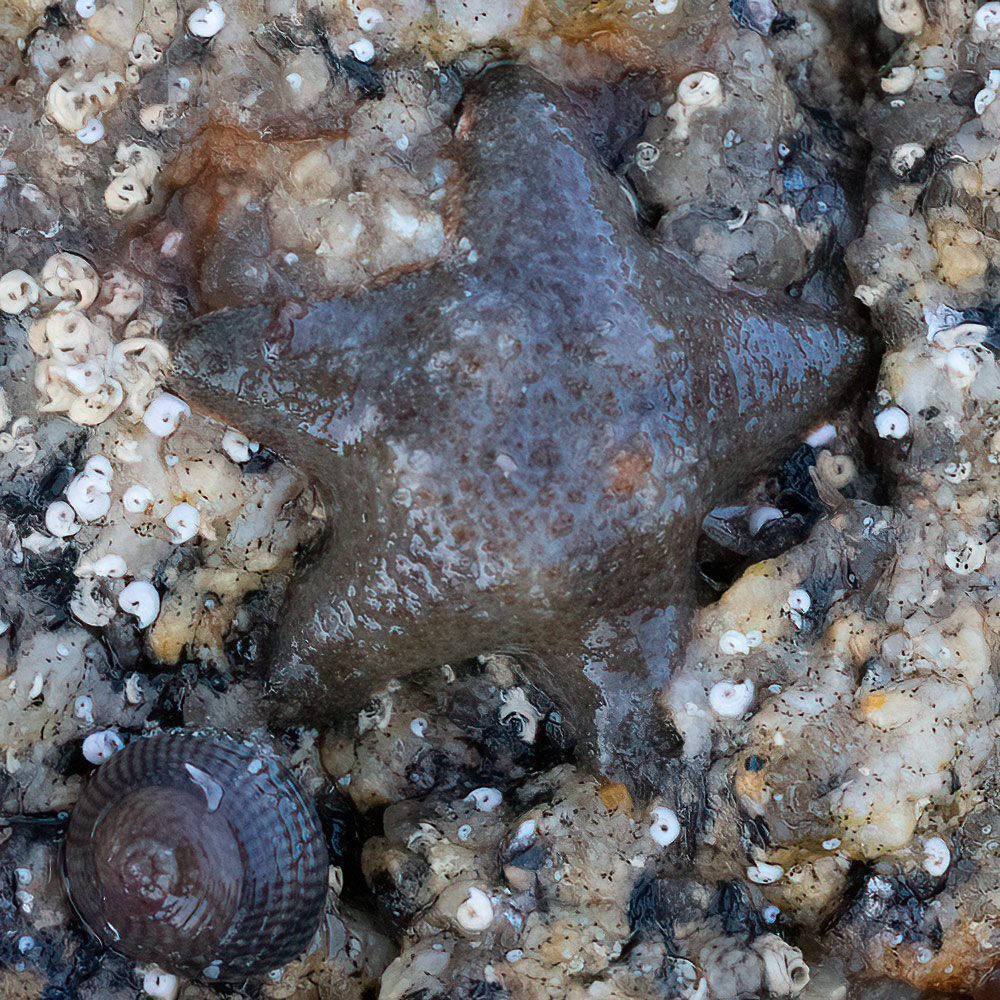
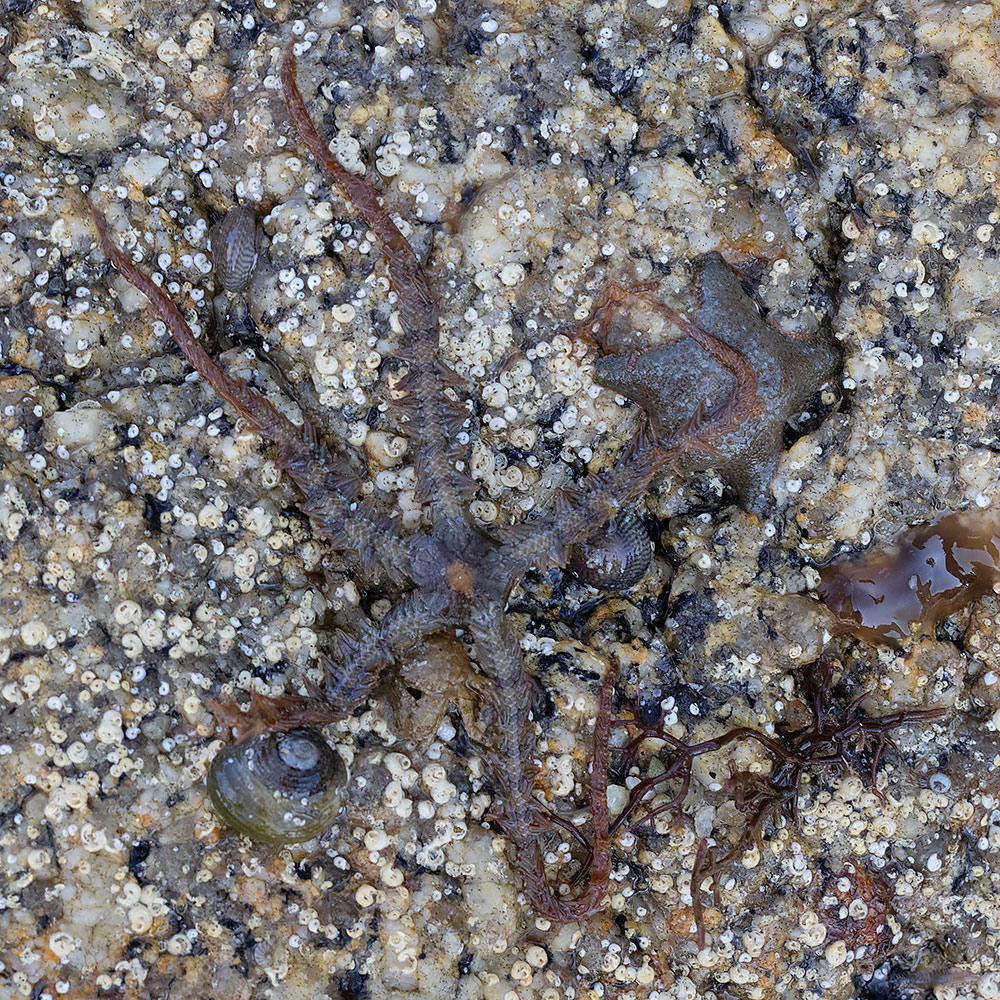
I'm not sure what this is - it may be a pelagic tunicate called a salp which there were apparently lots of.
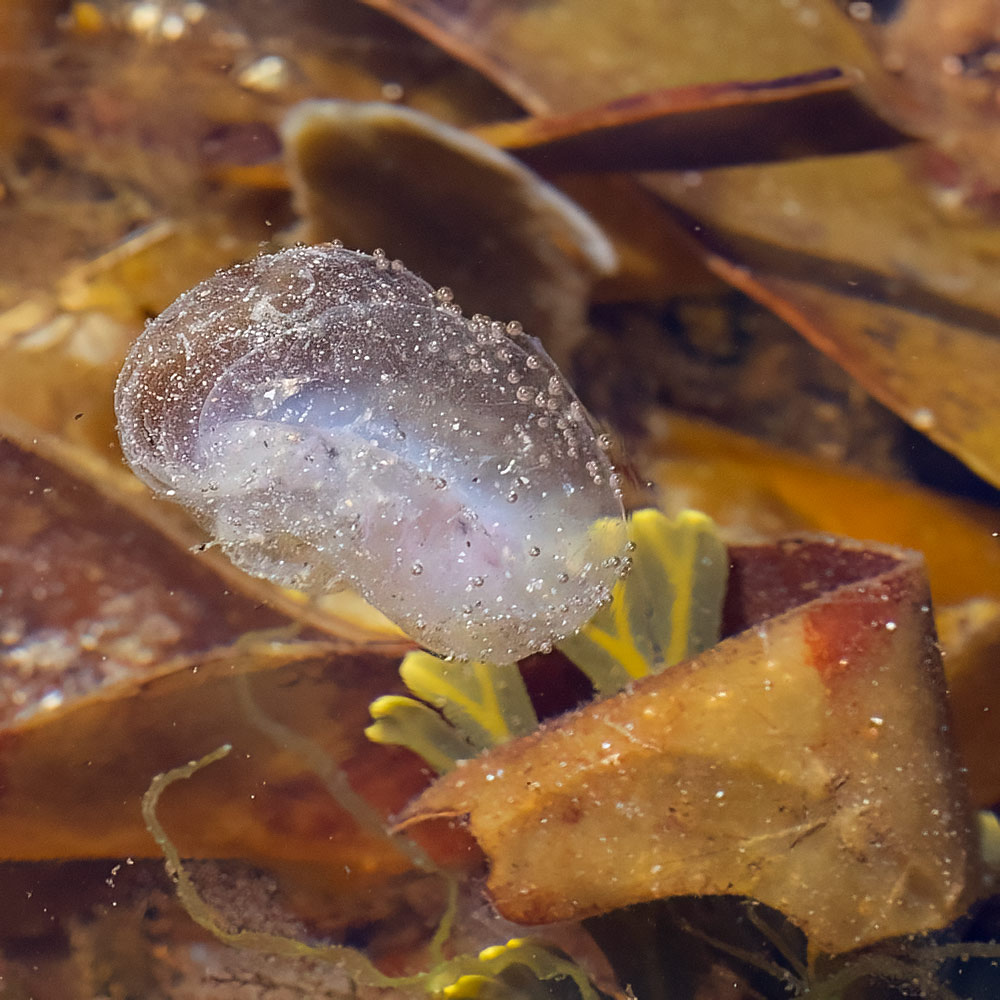
A young lad found some nice crustaceans, including edible crab, velvet swimming crab, and this superb squat lobster.
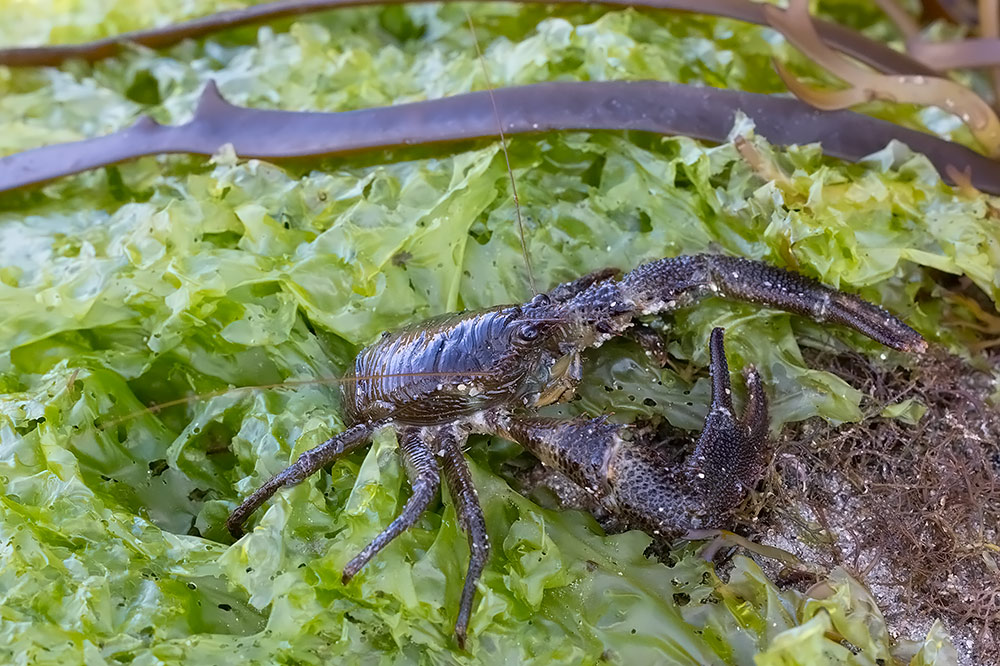
In the evening I saw a woodchat shrike near the airfield - both this and a red-backed shrike were in the area, though it took me several attempts to see the latter!
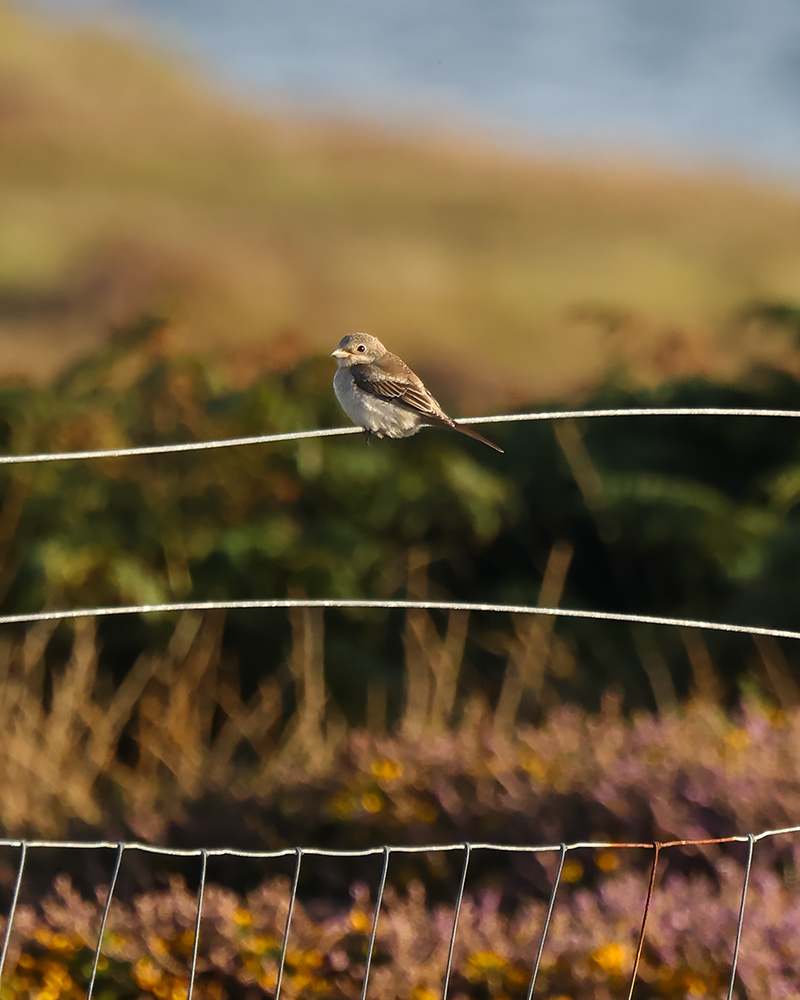
The view from our cottage.
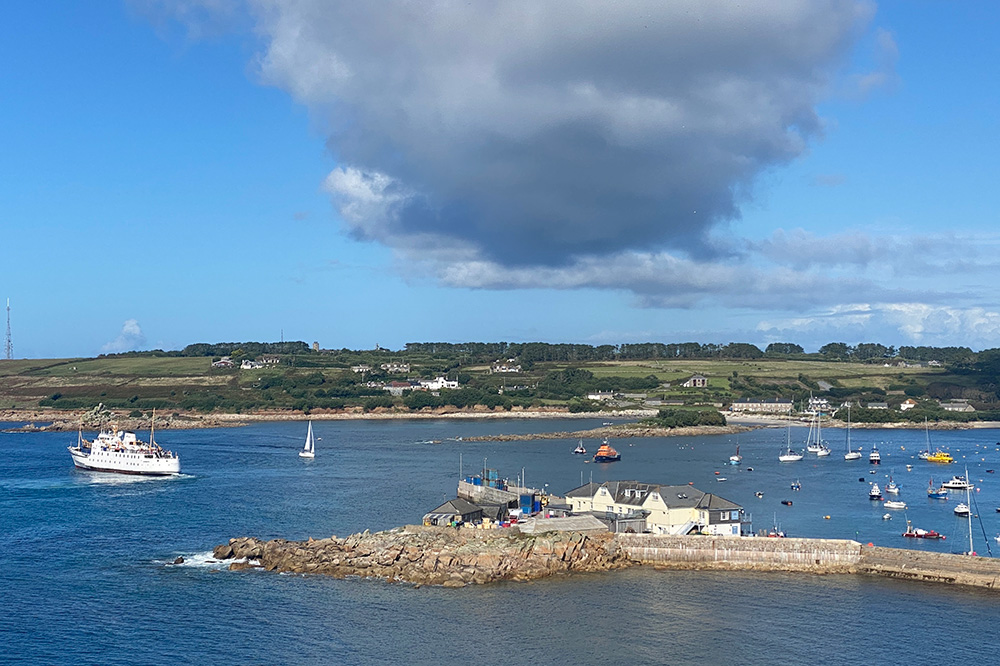

Above Hugh Town












